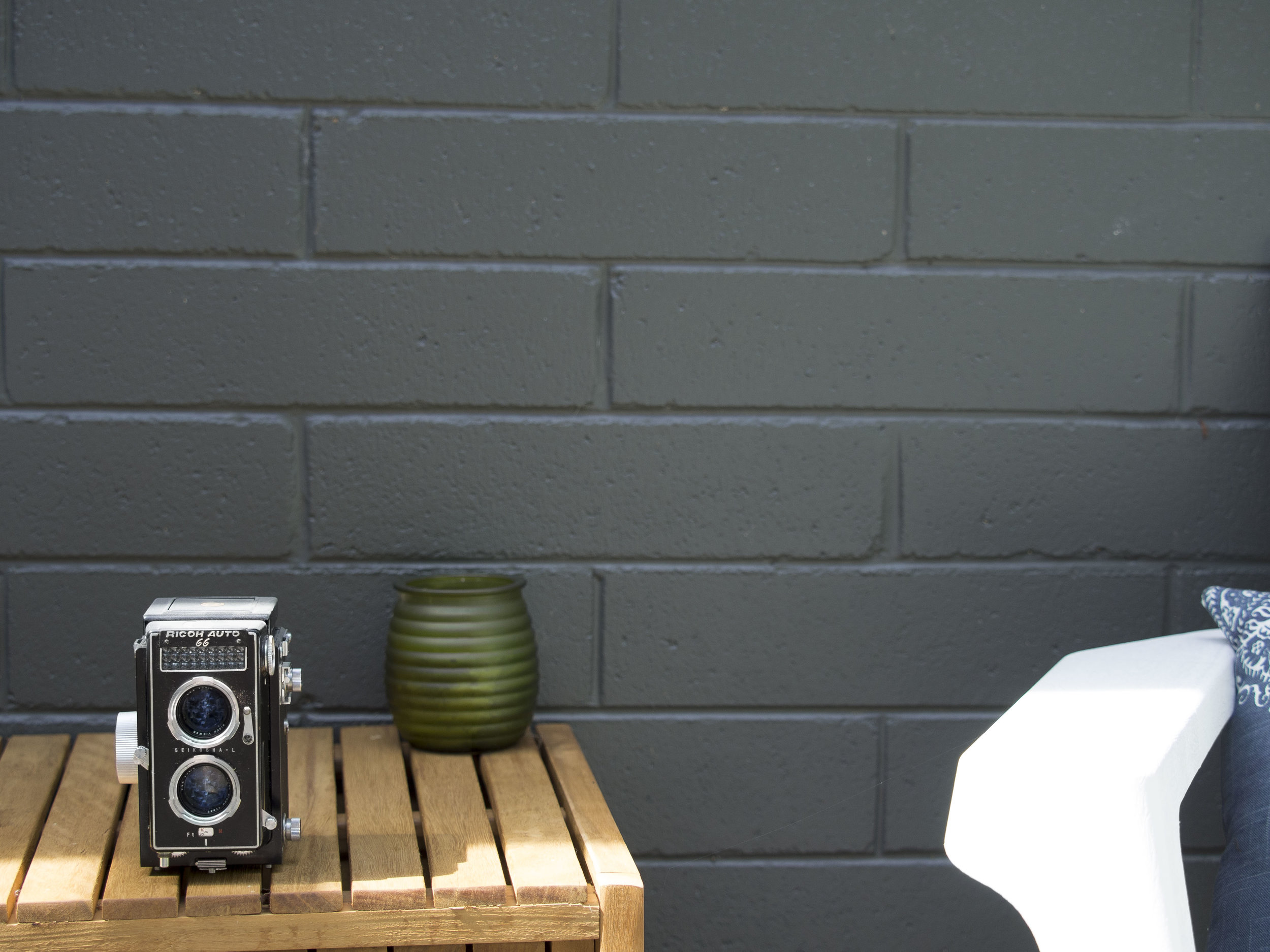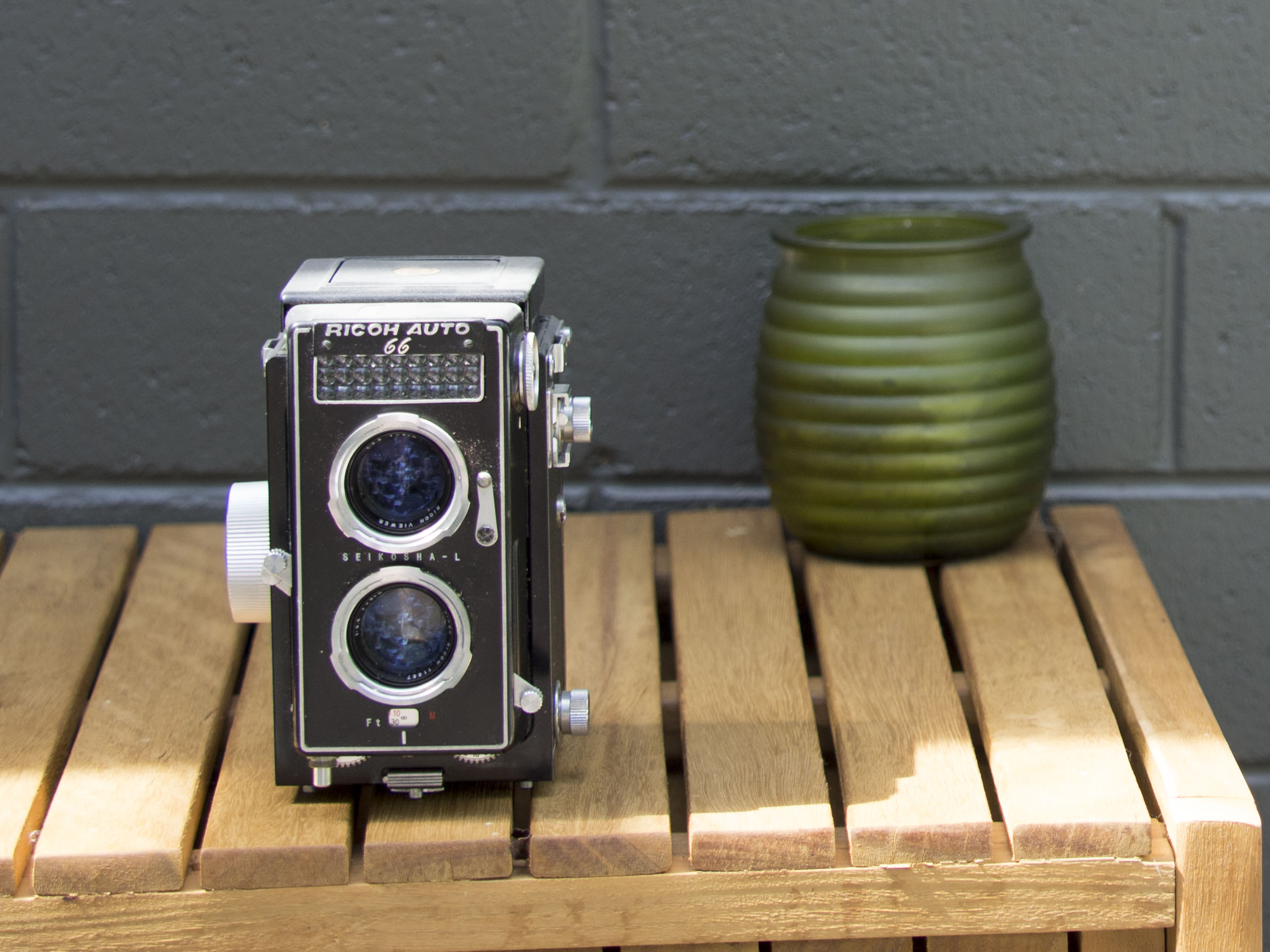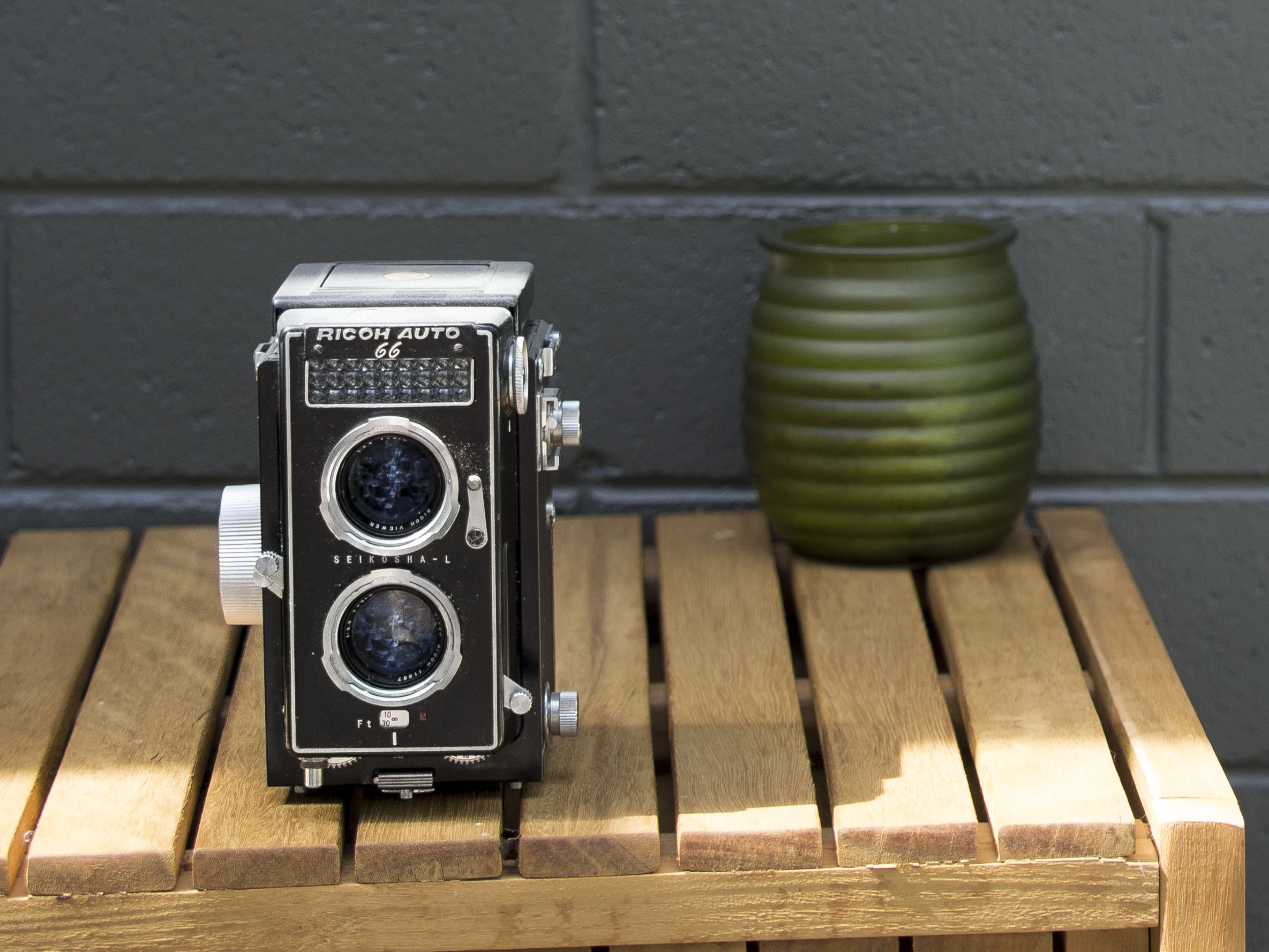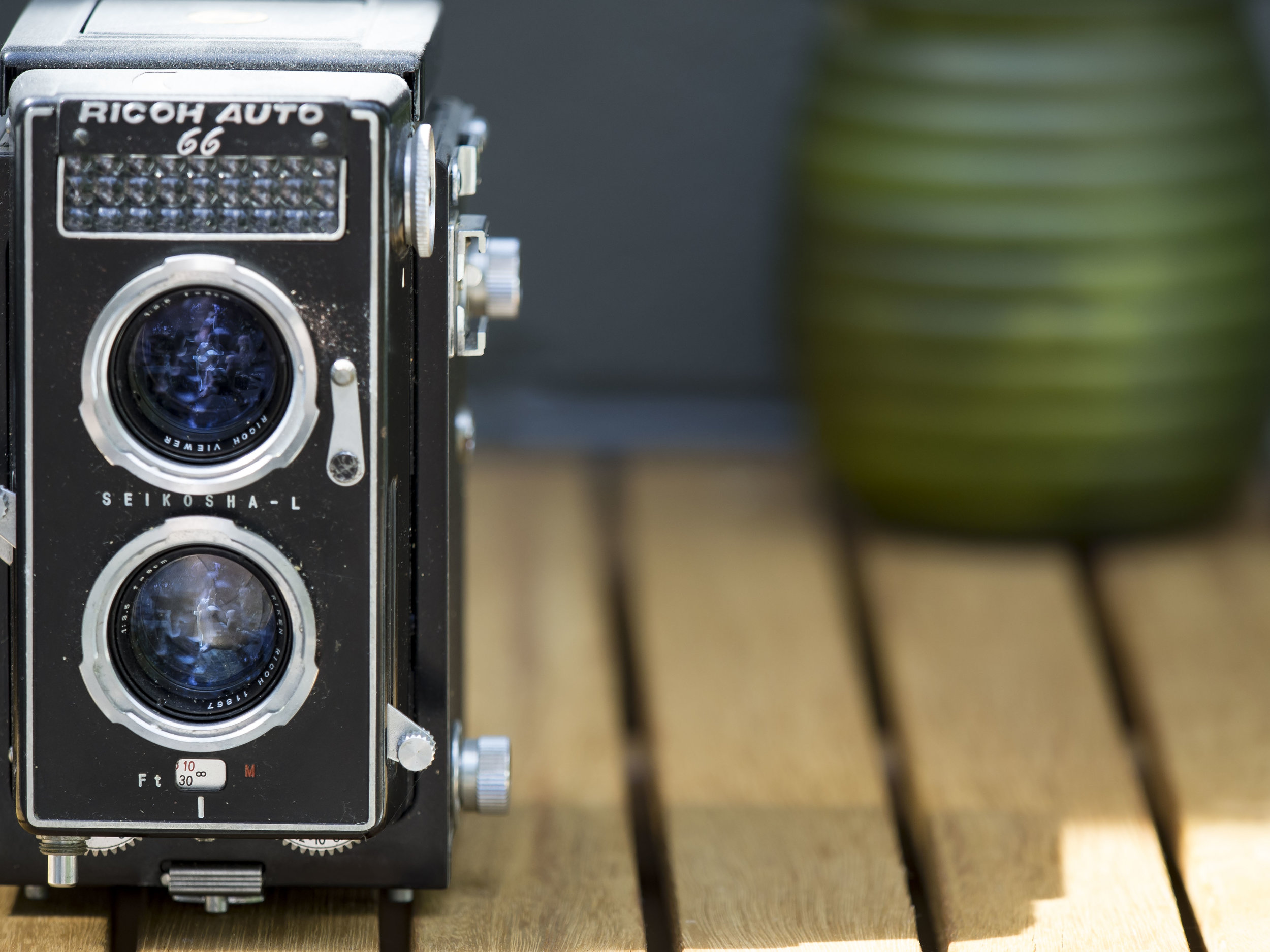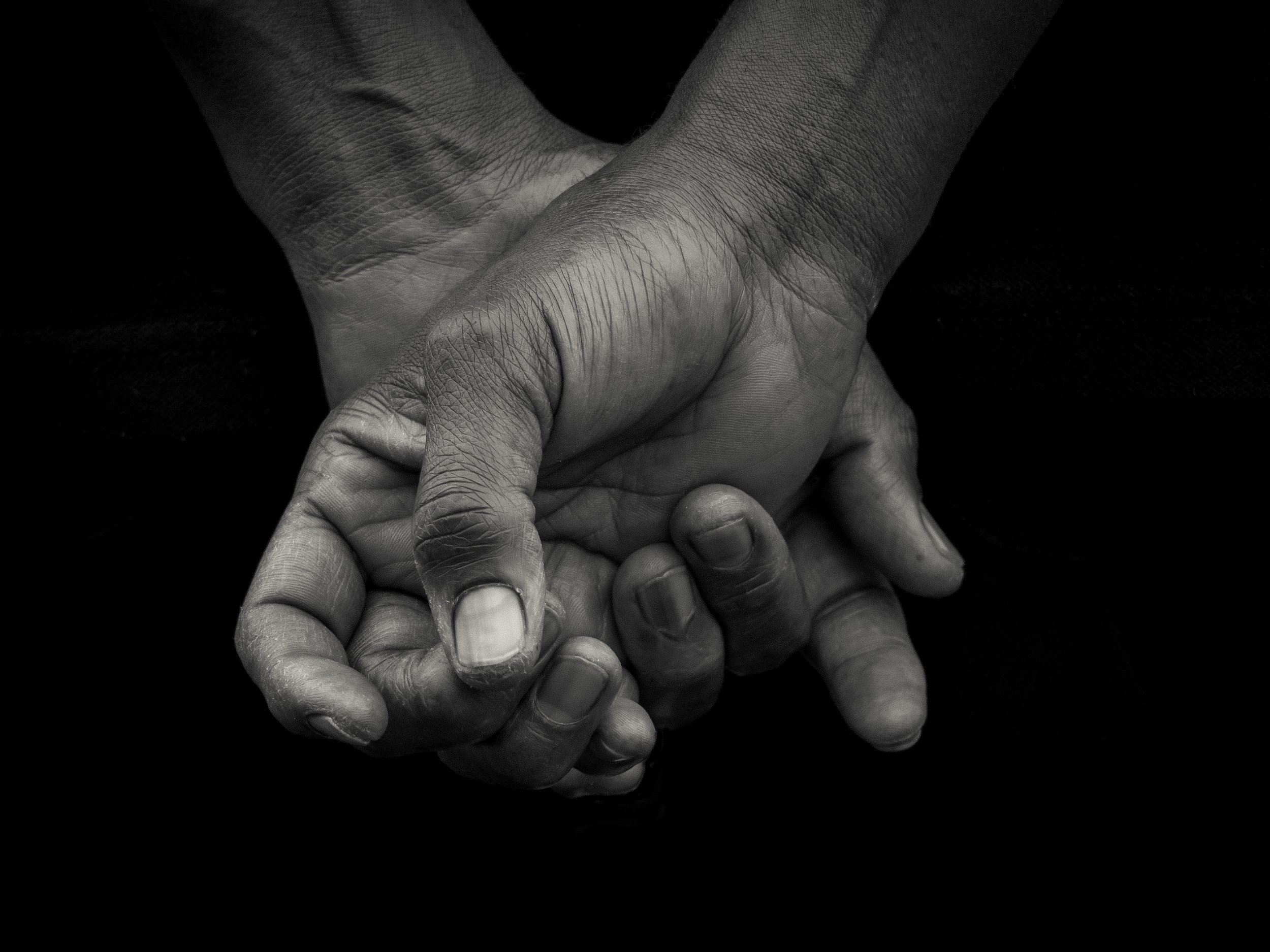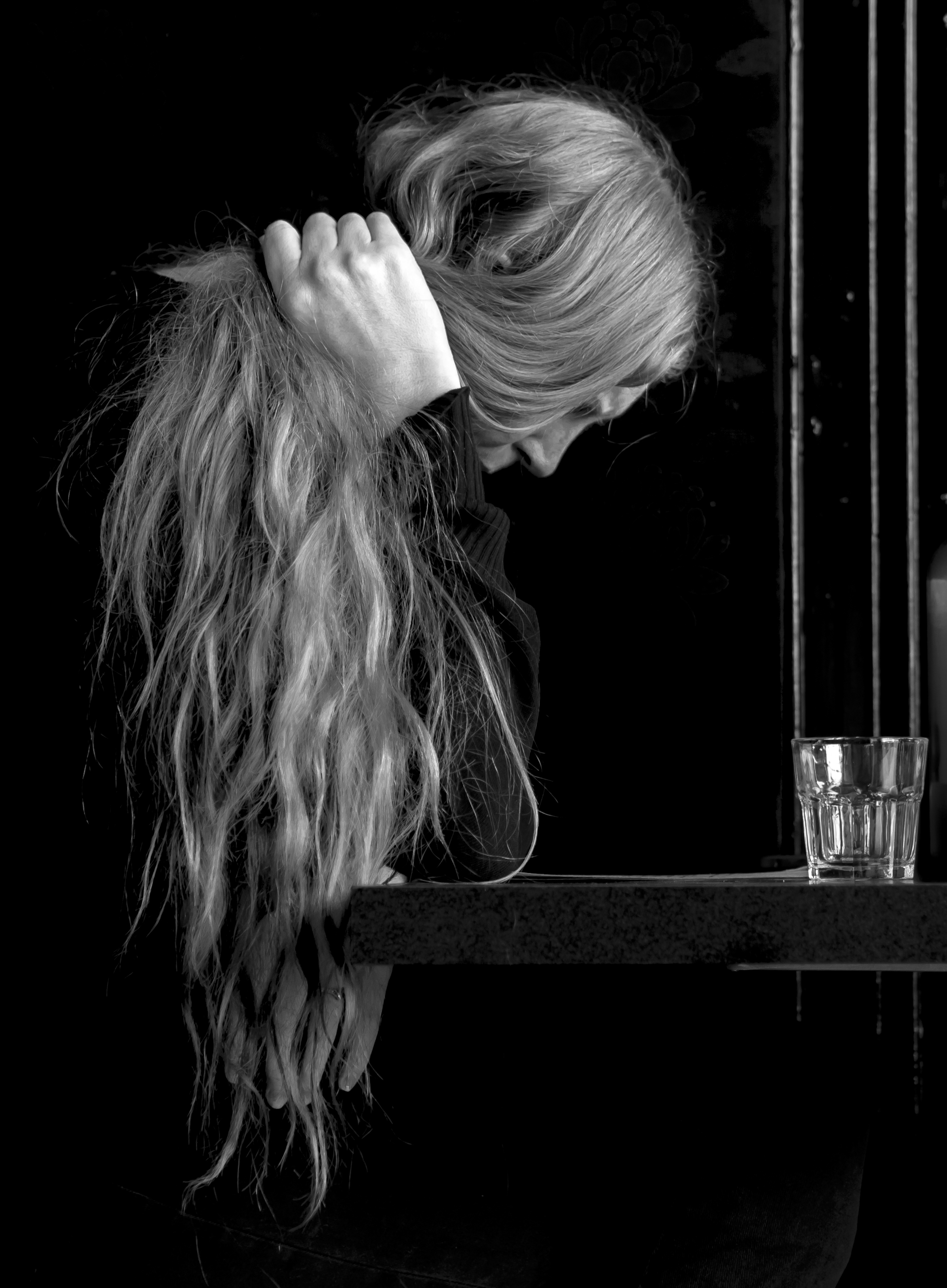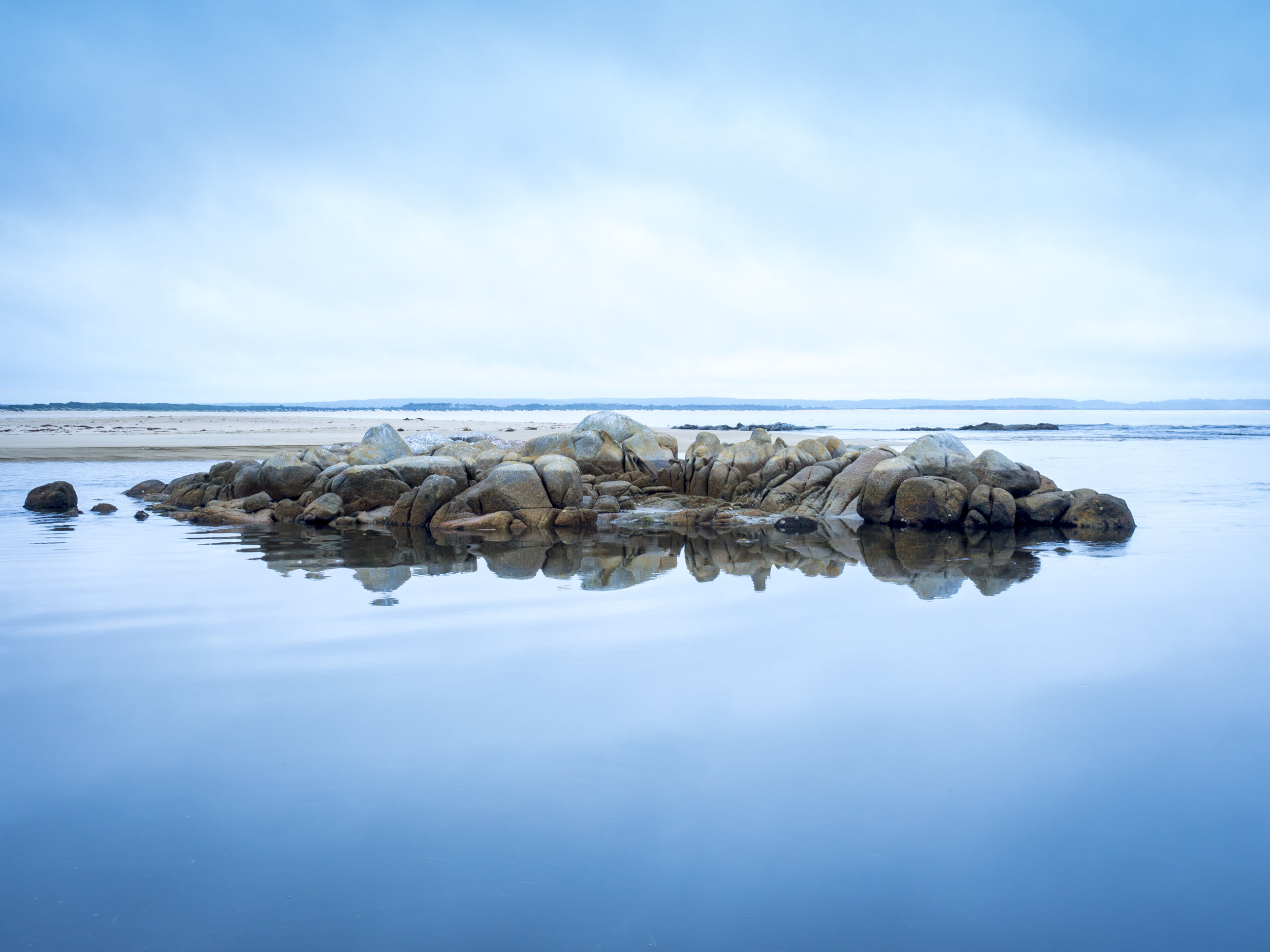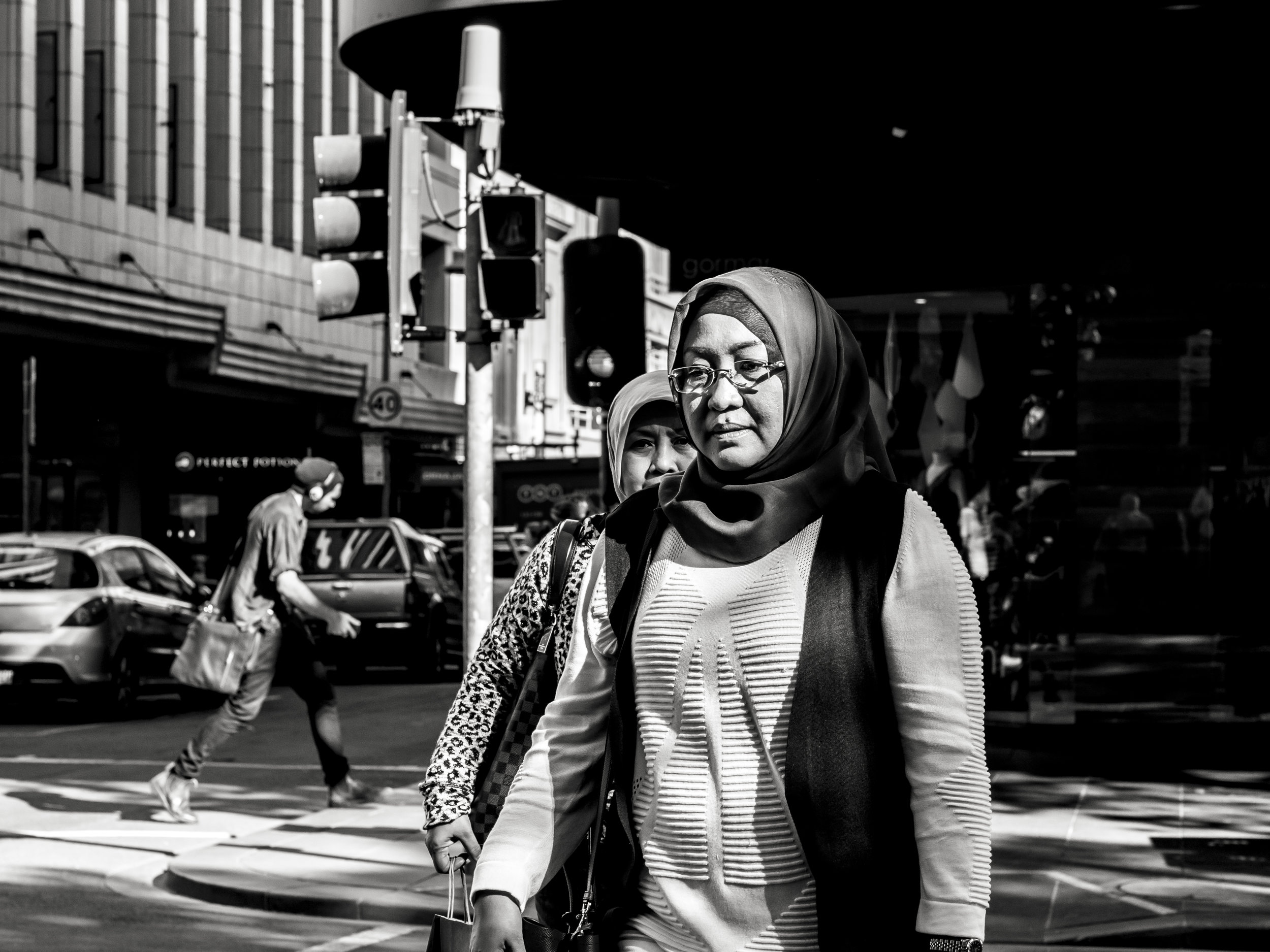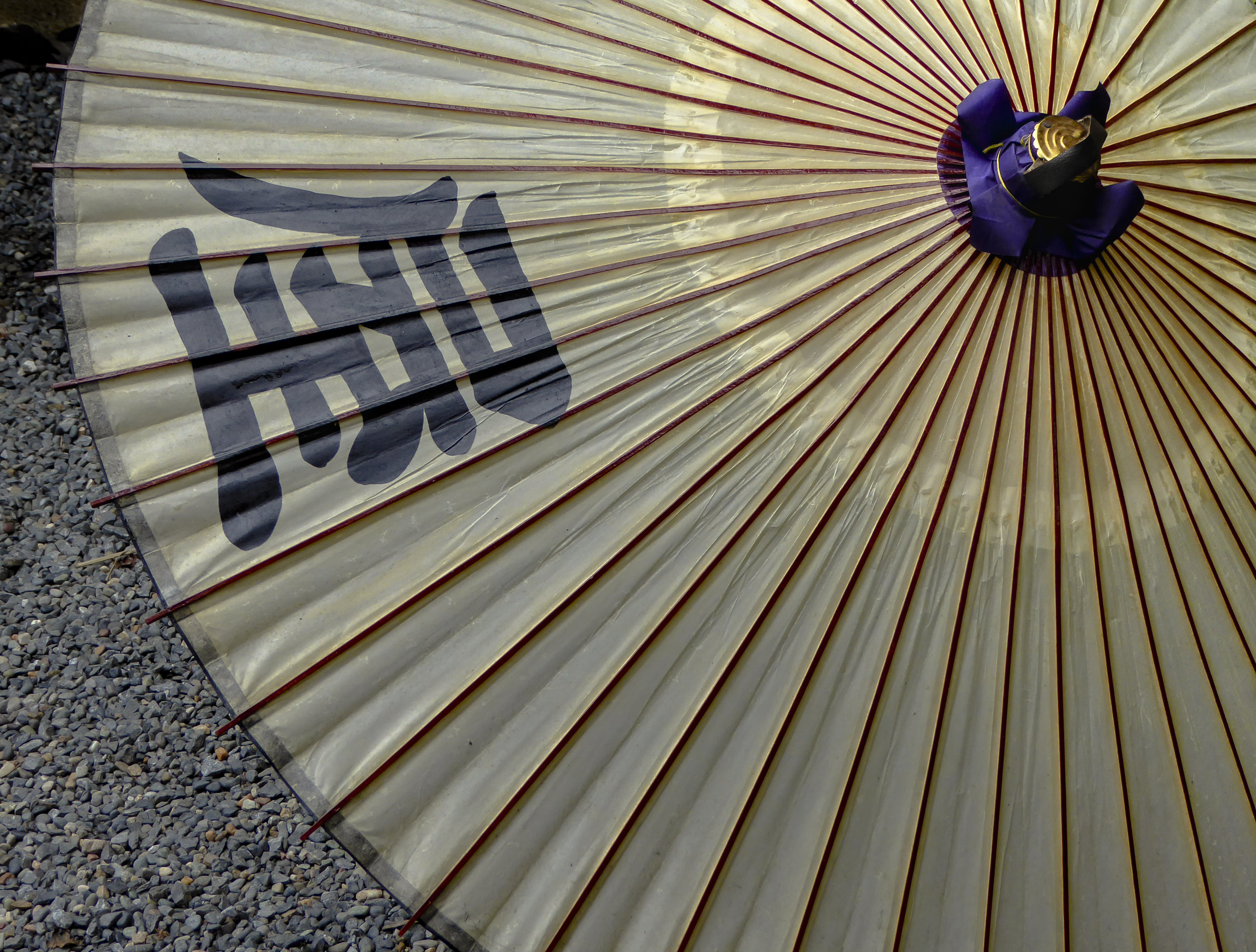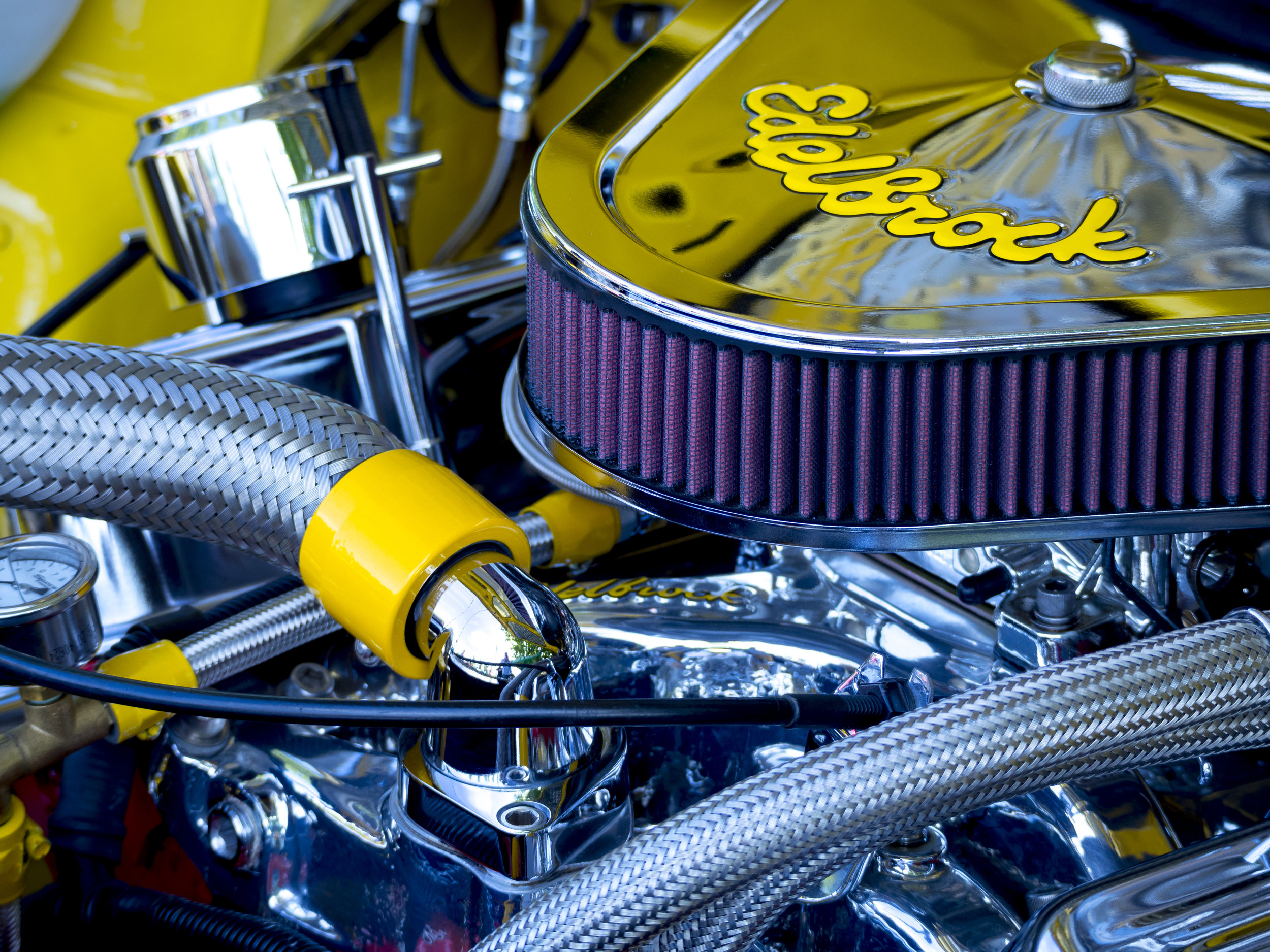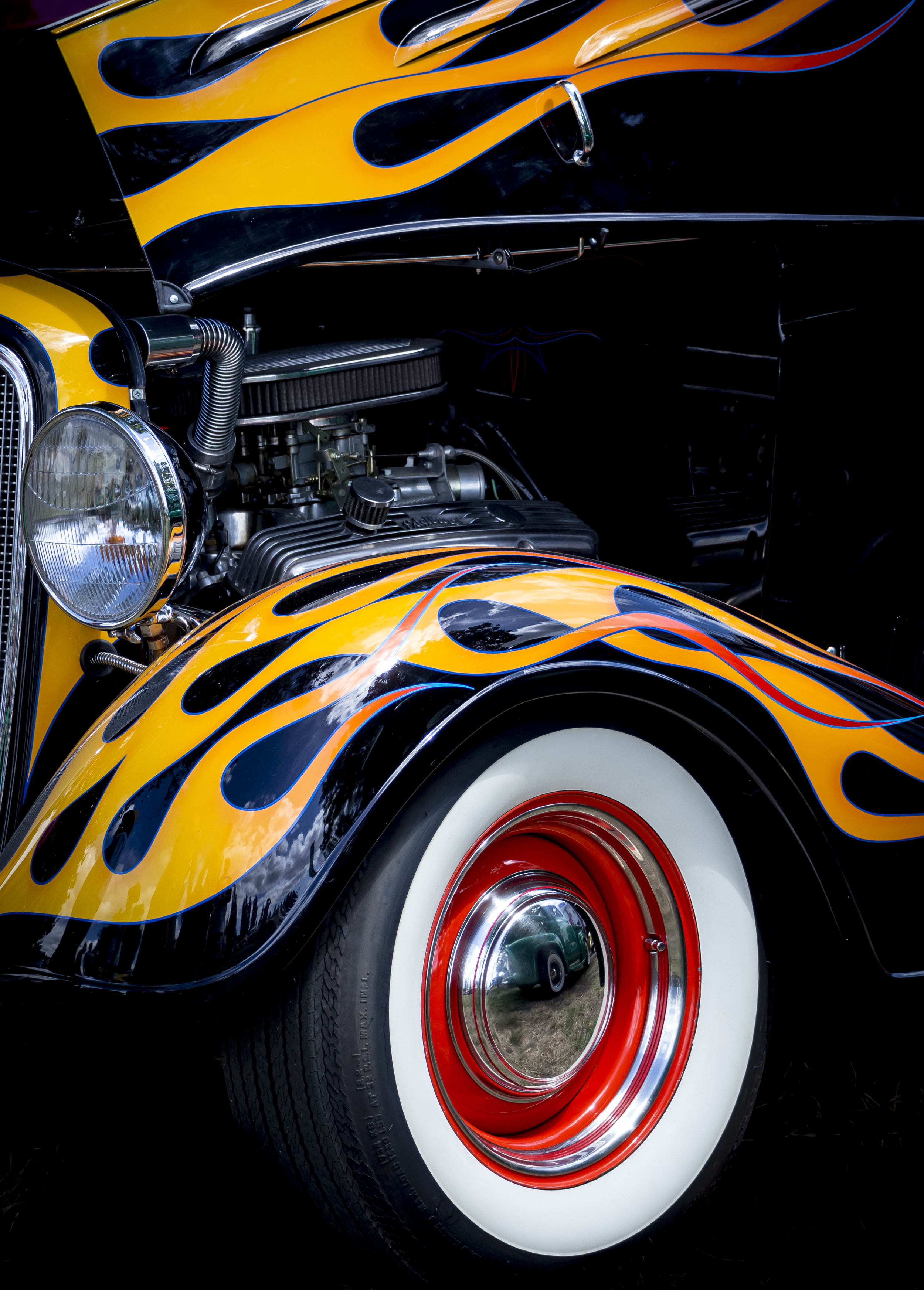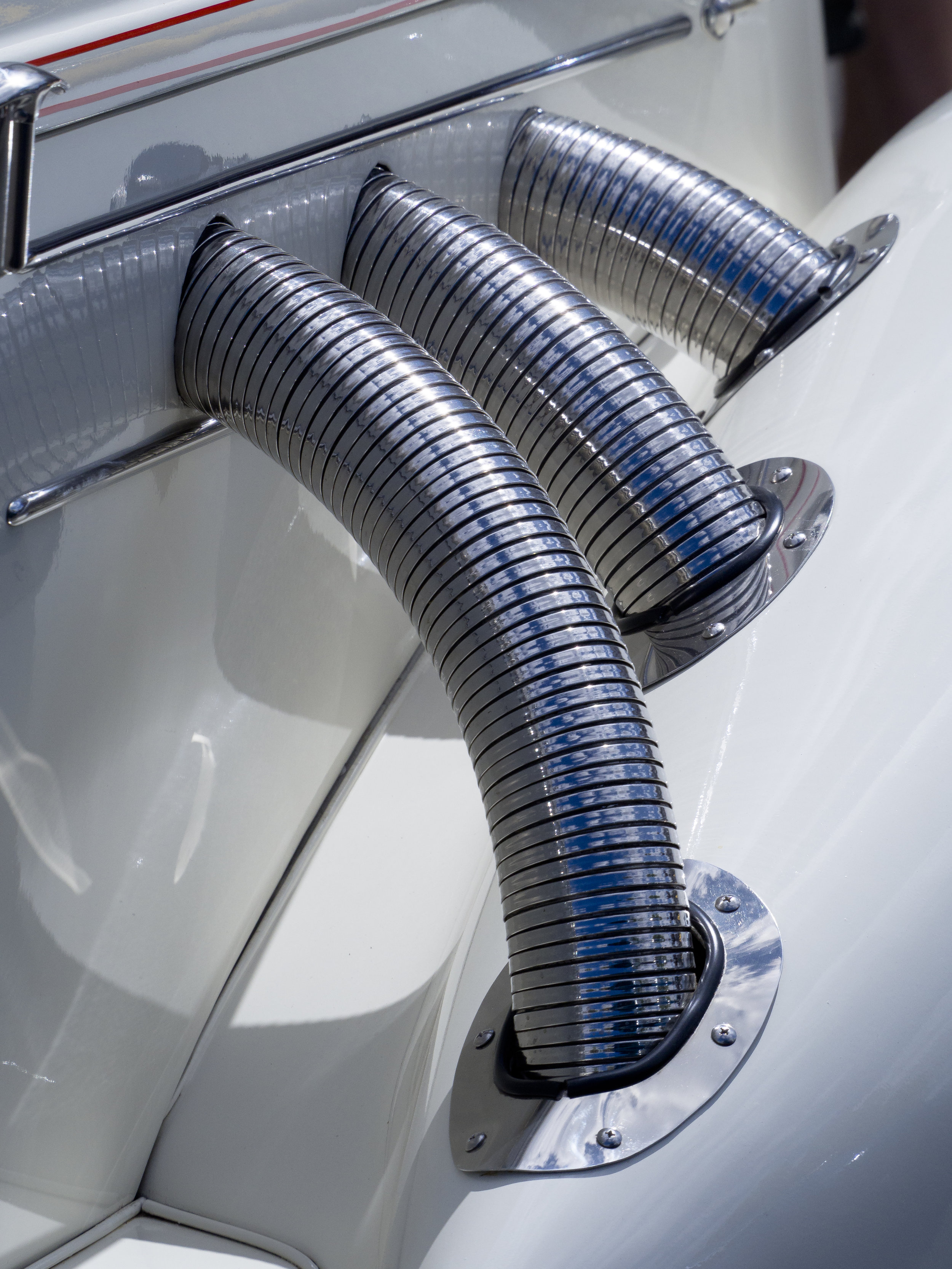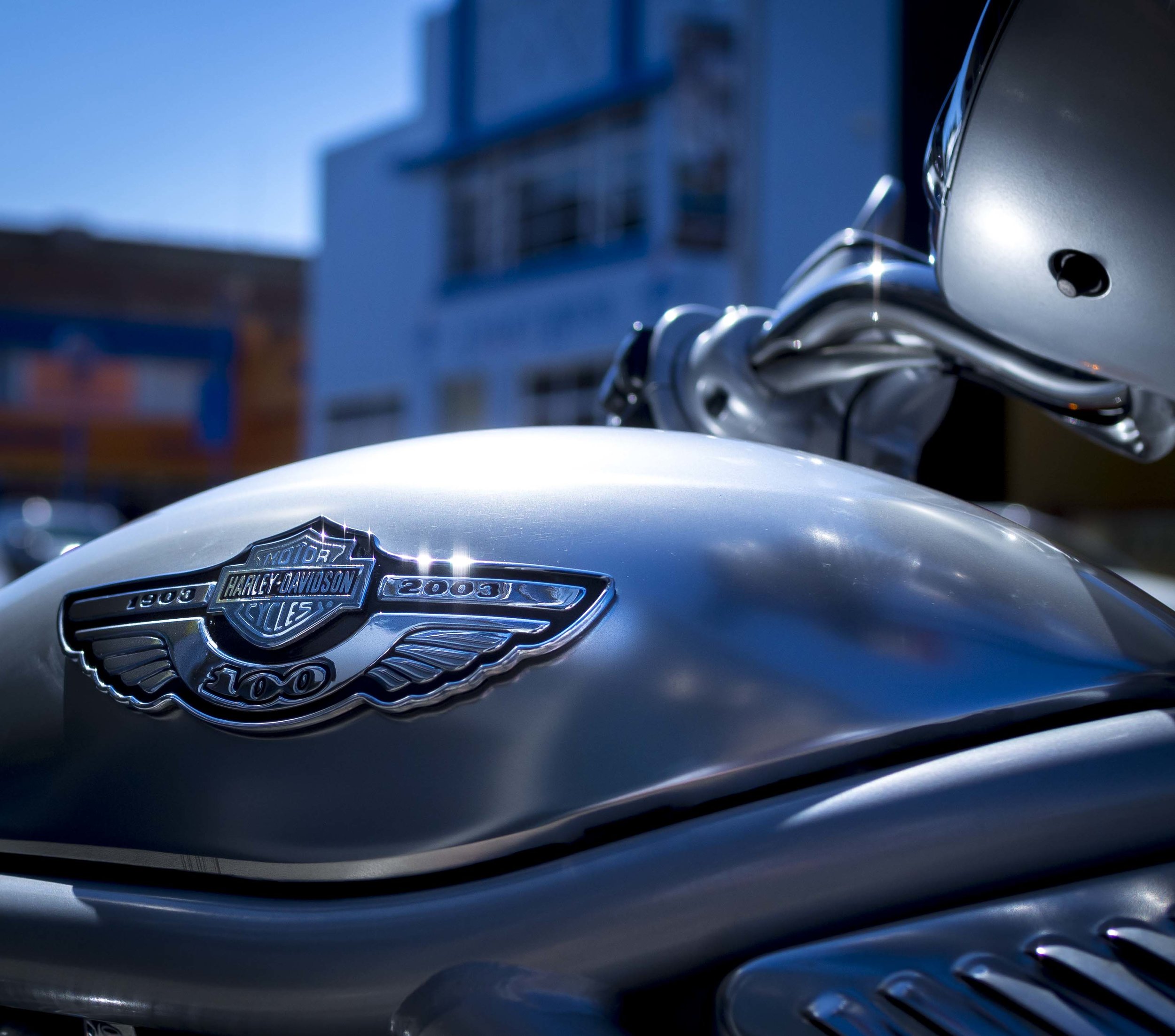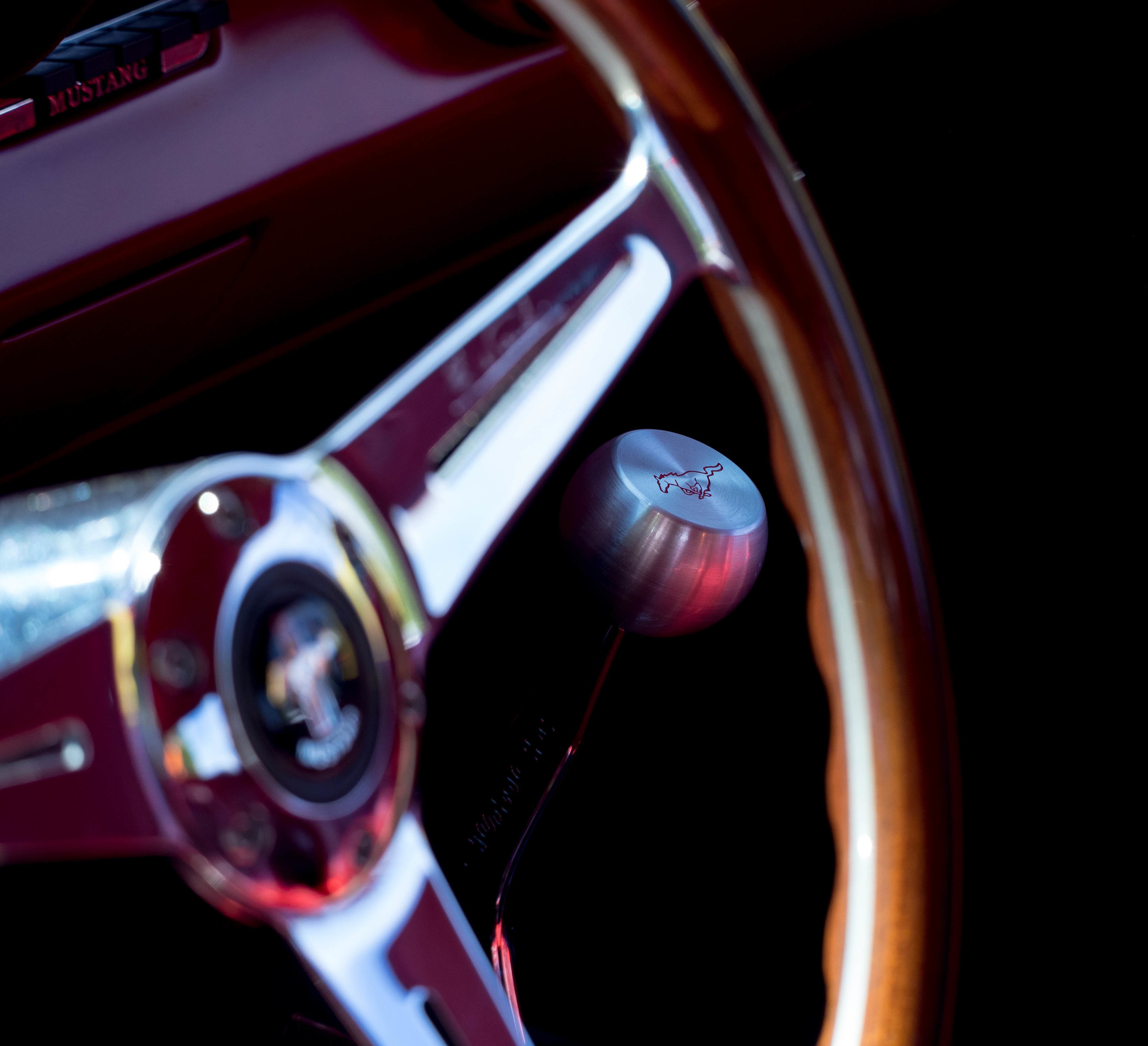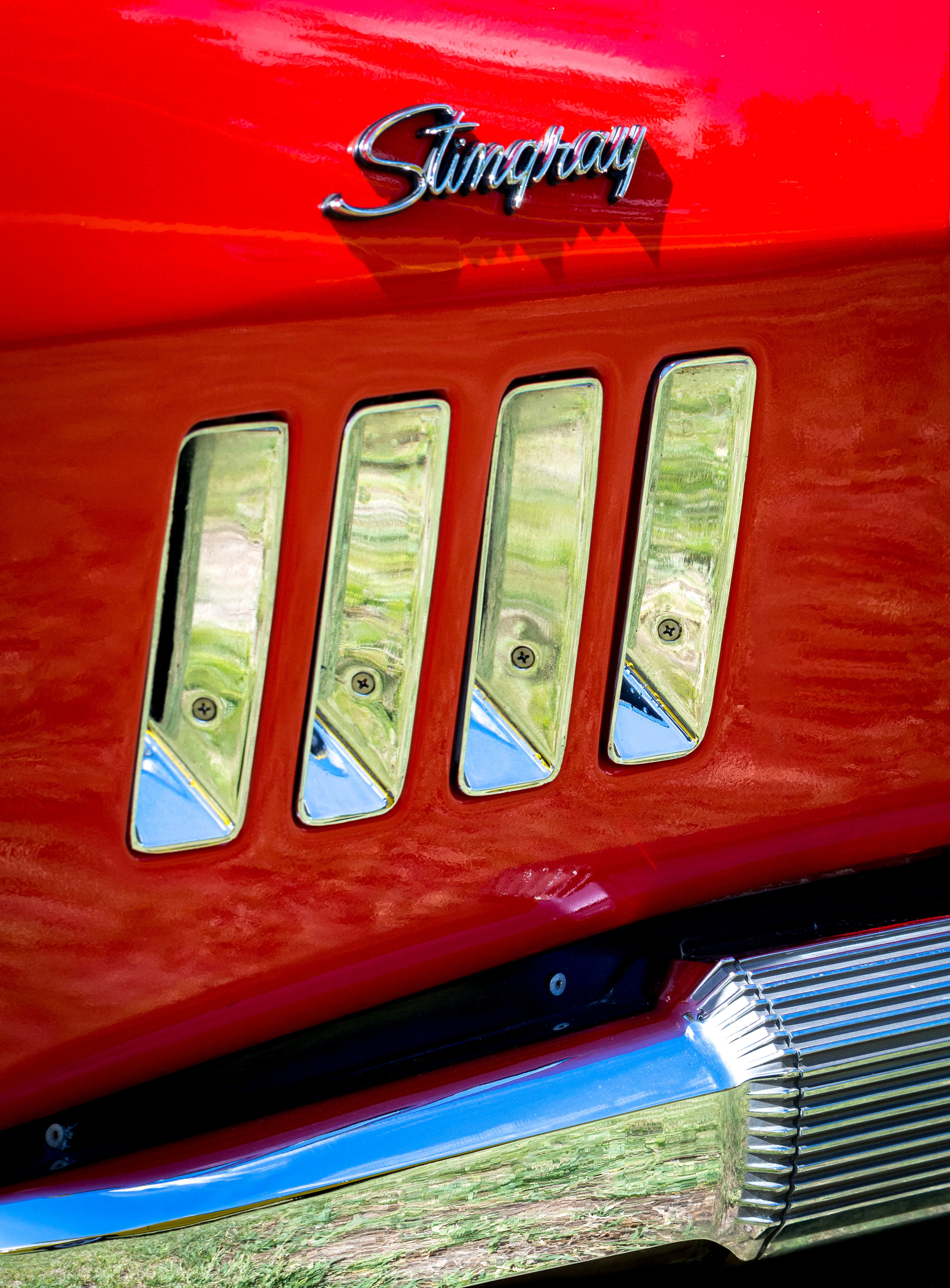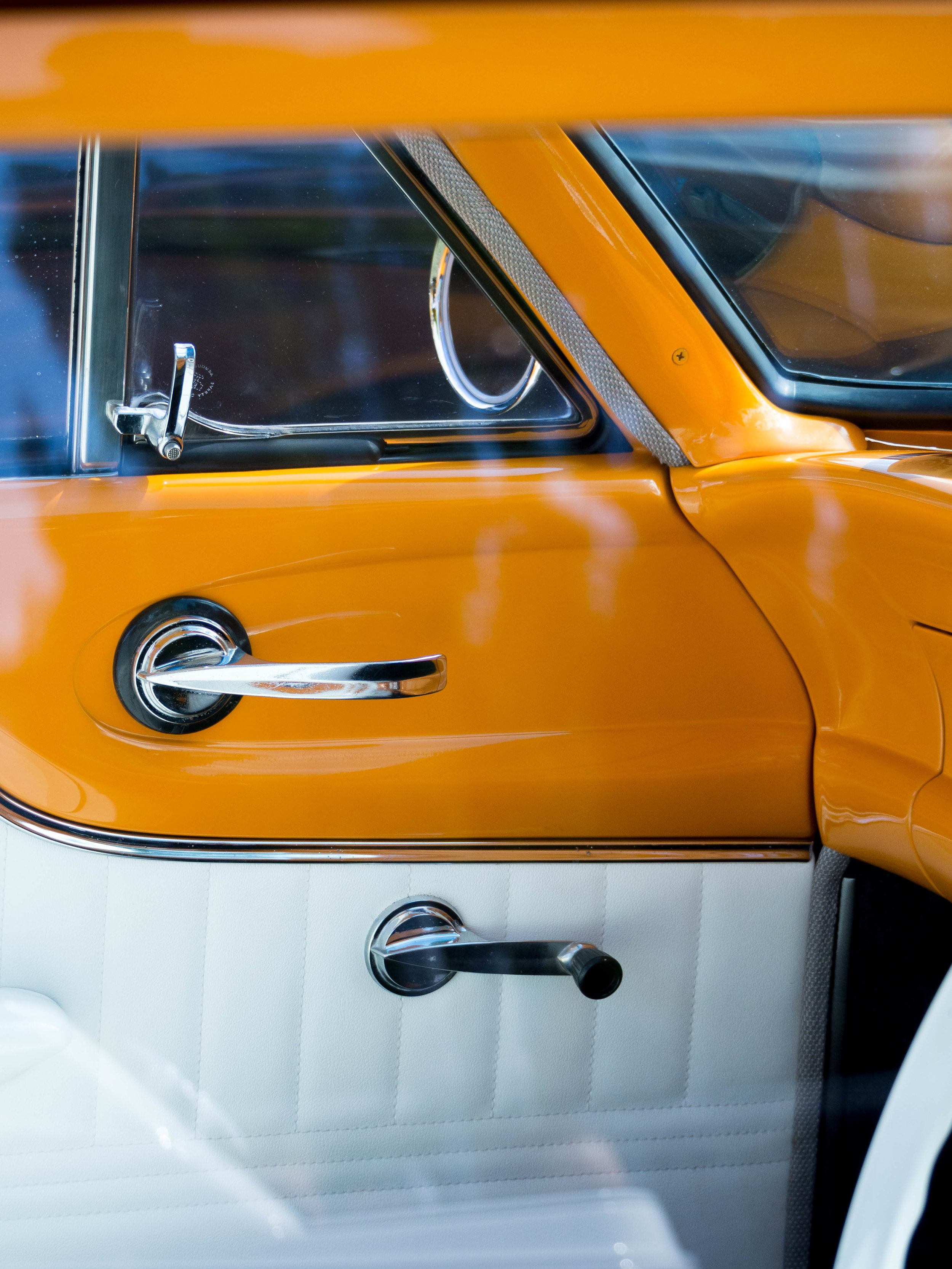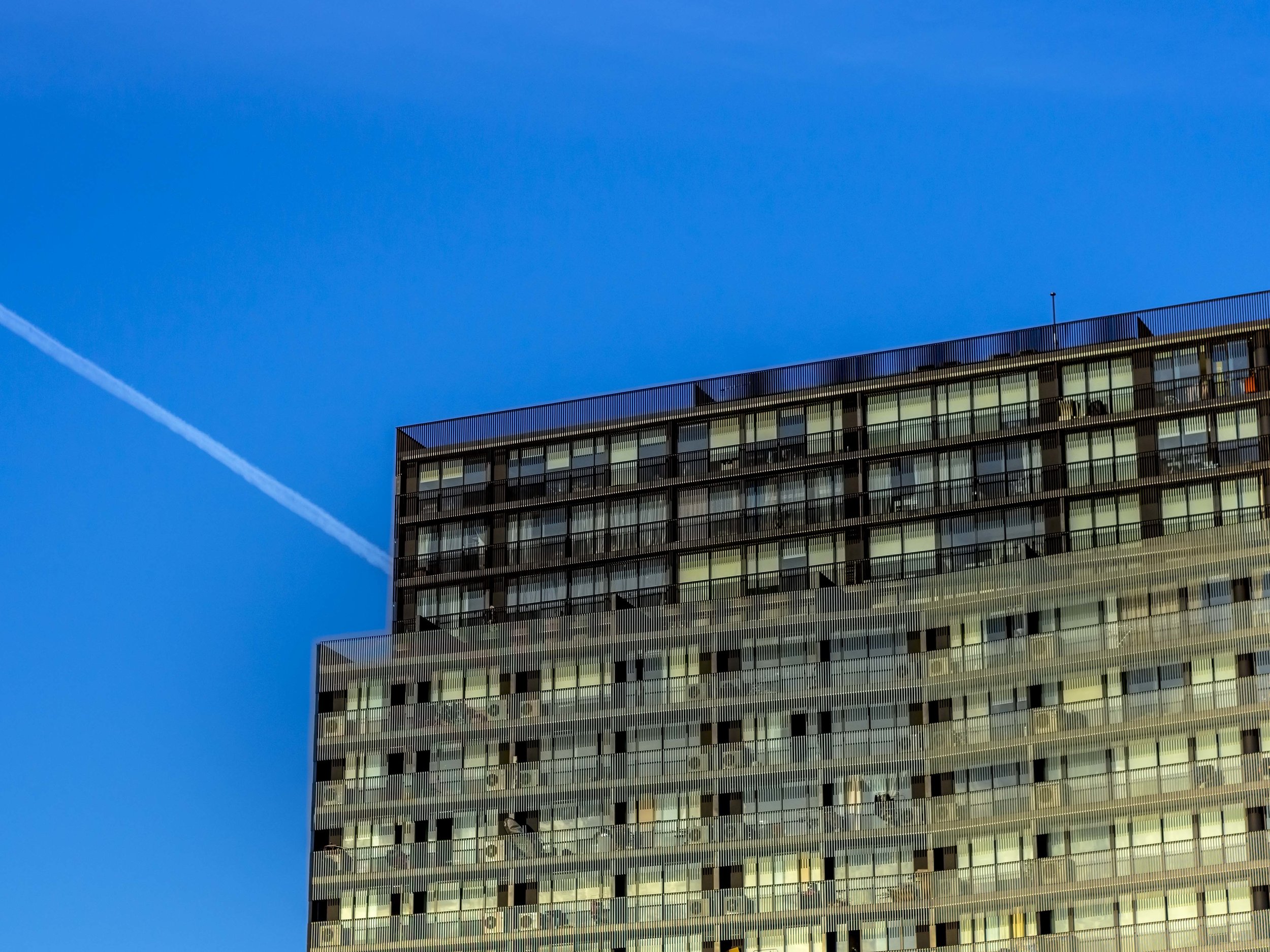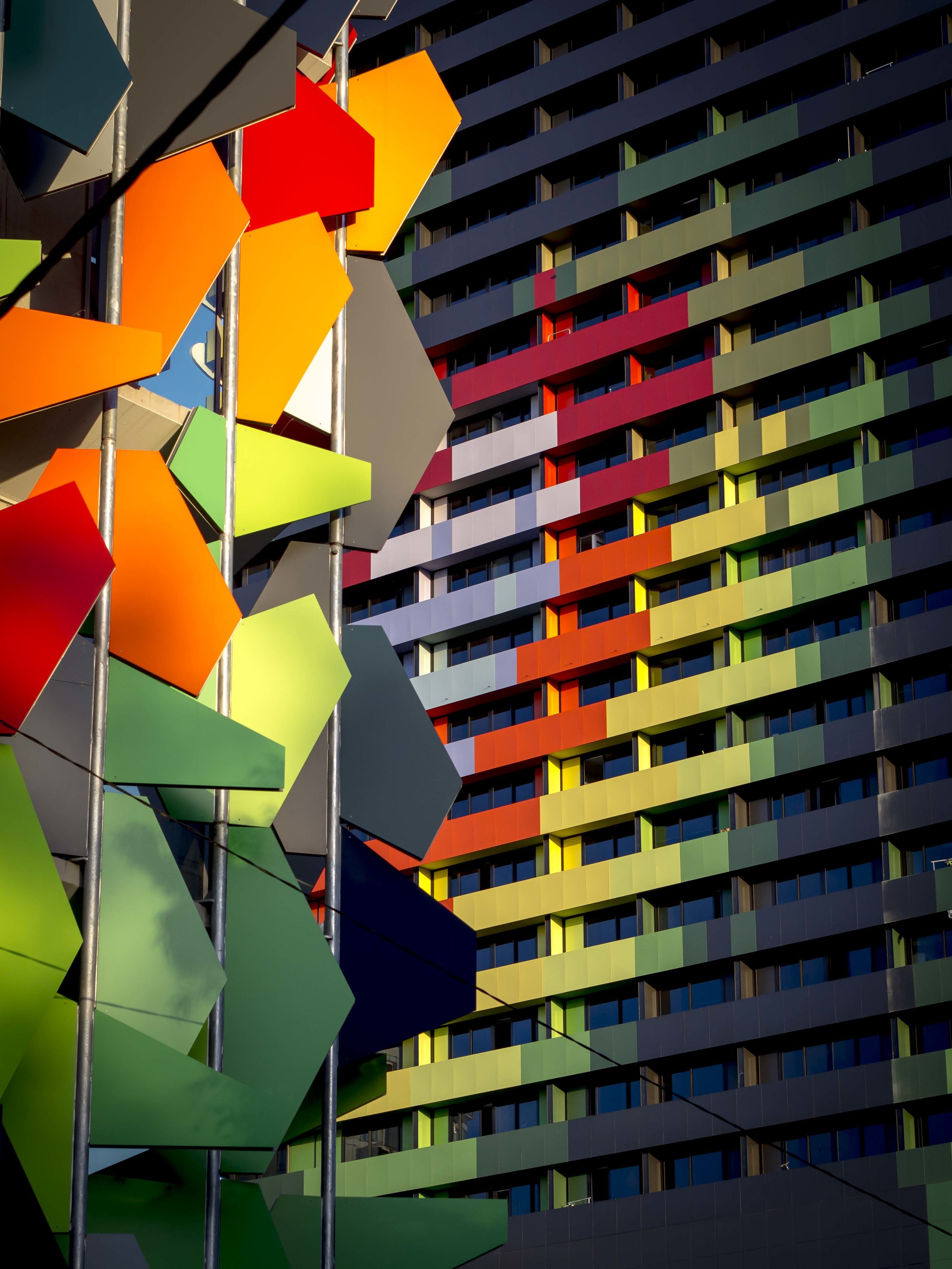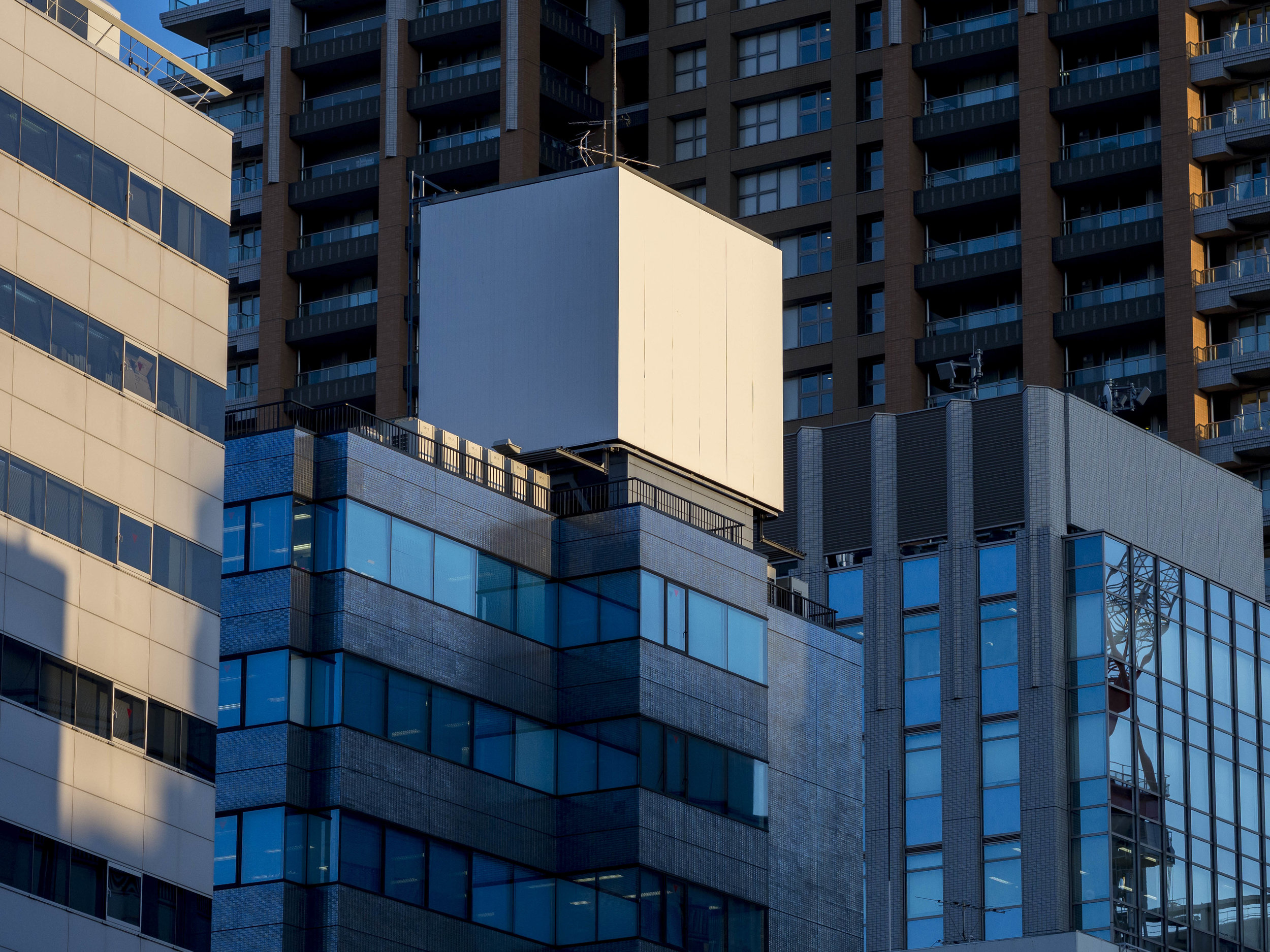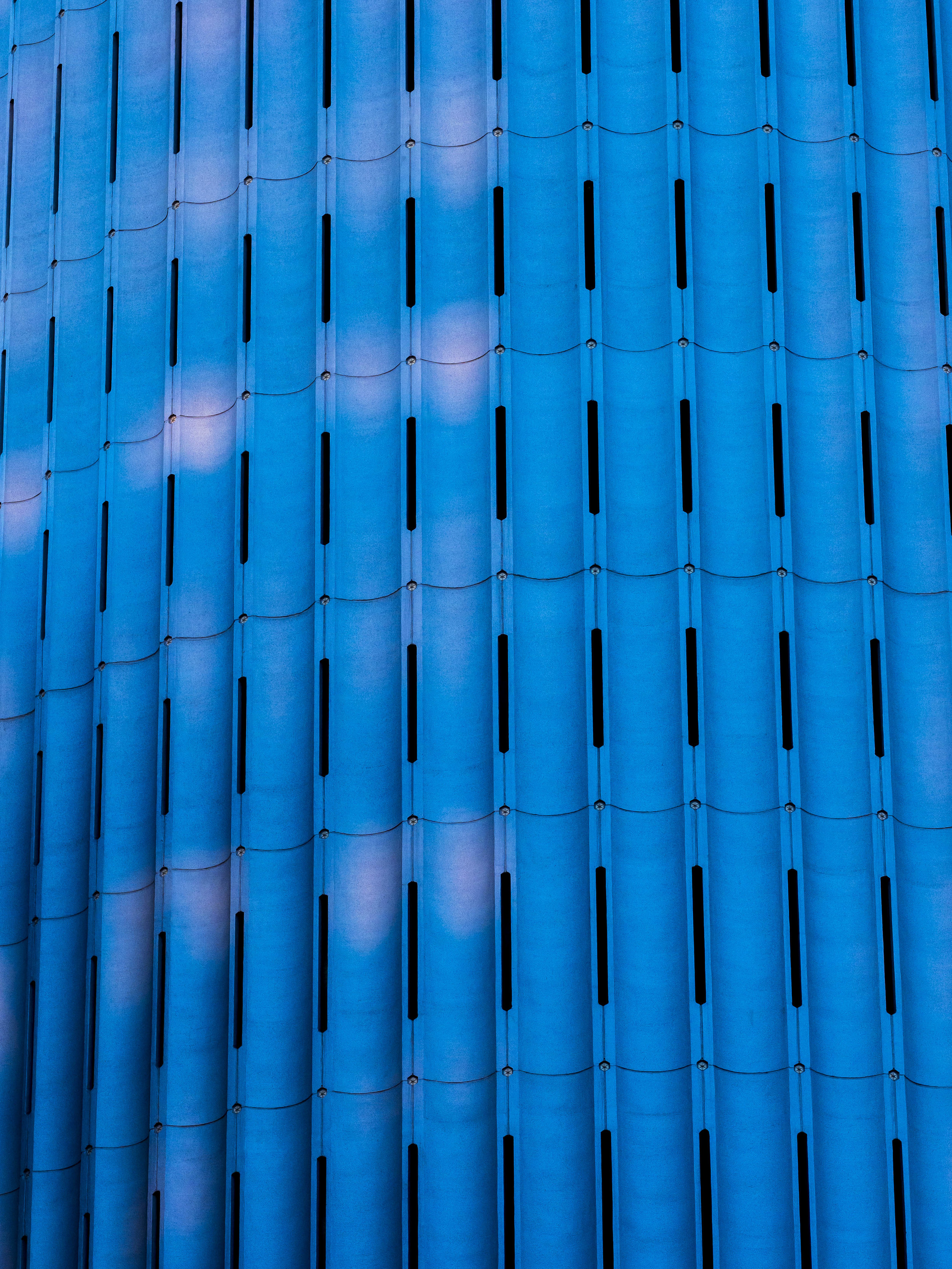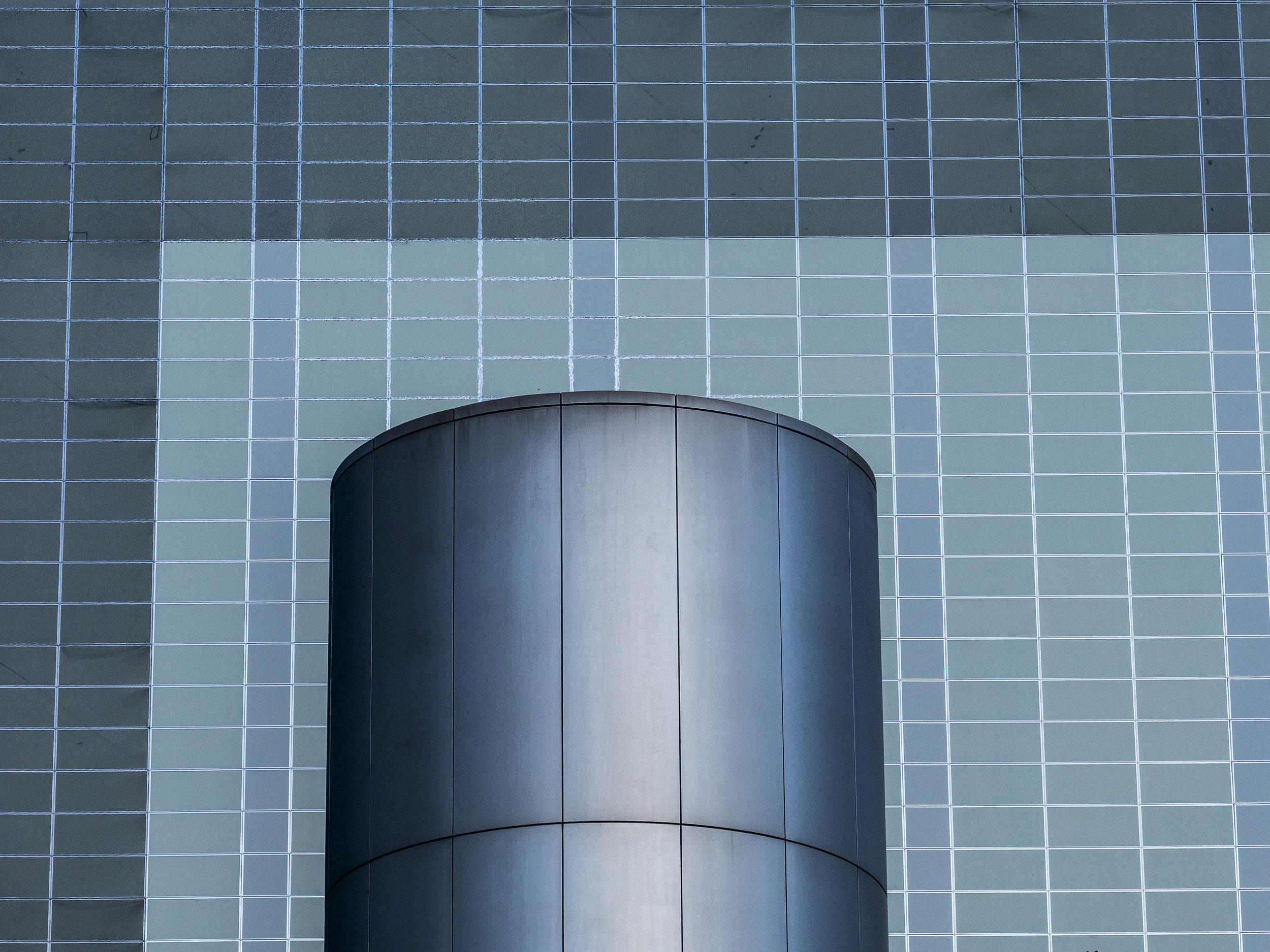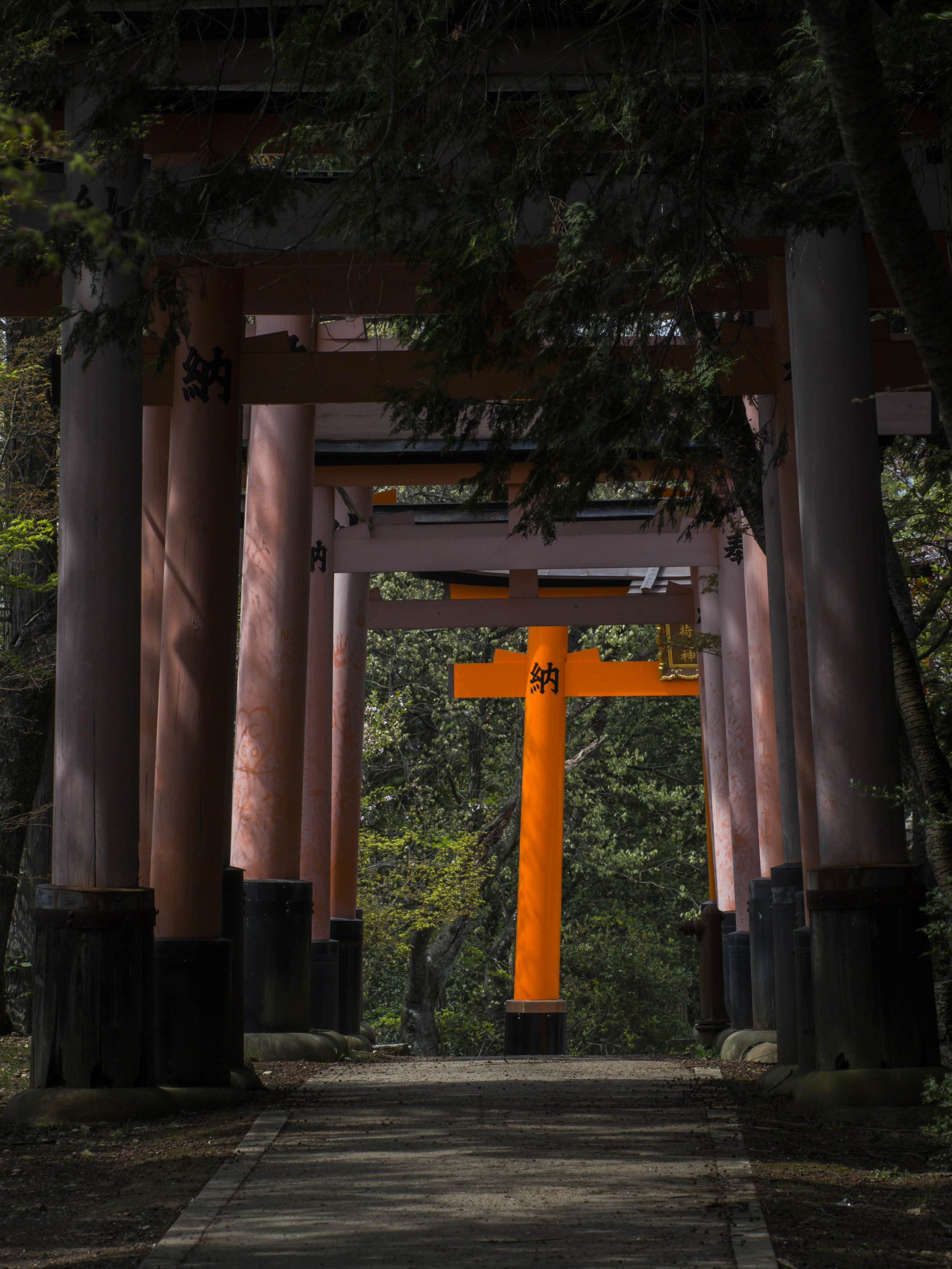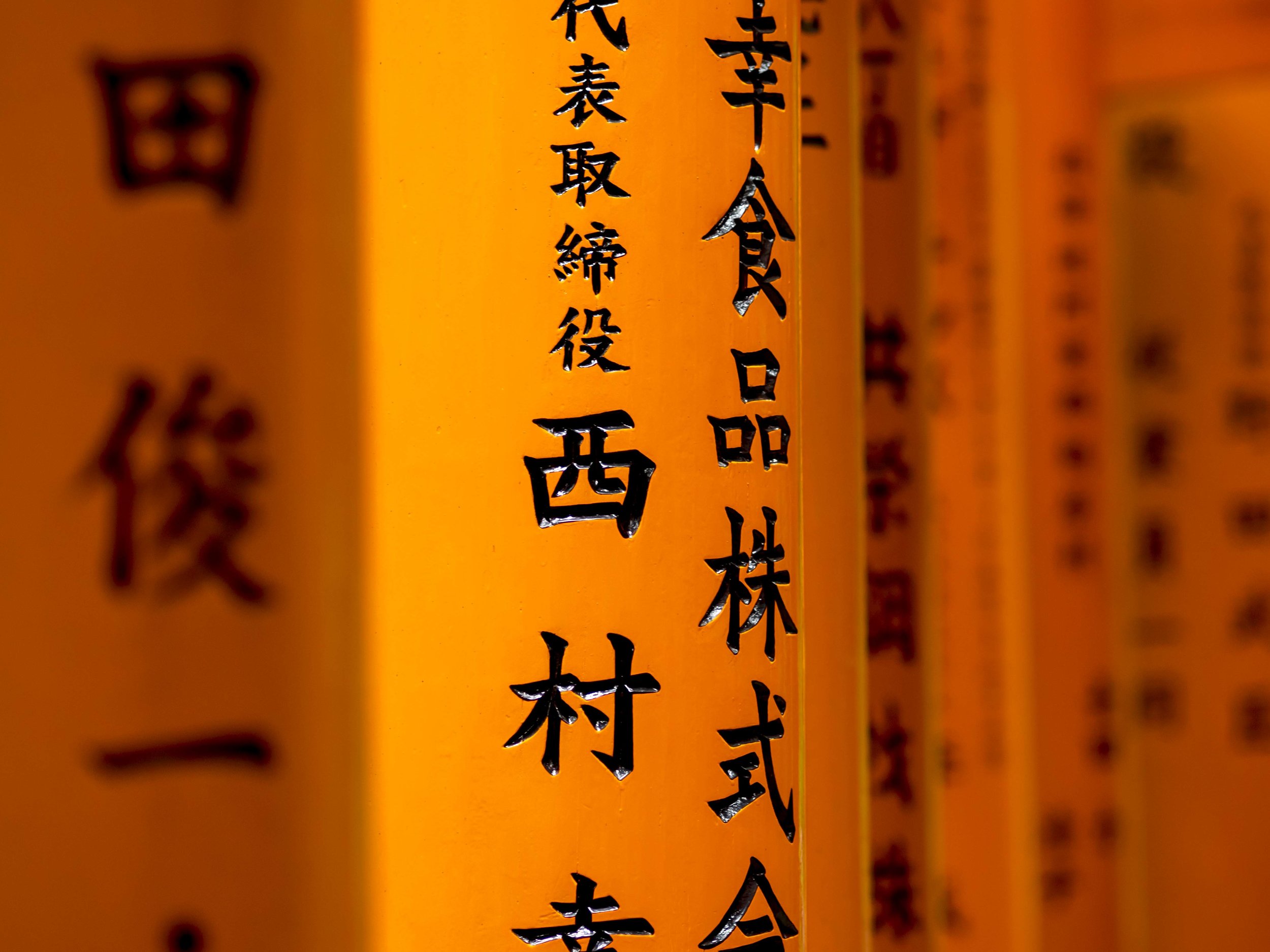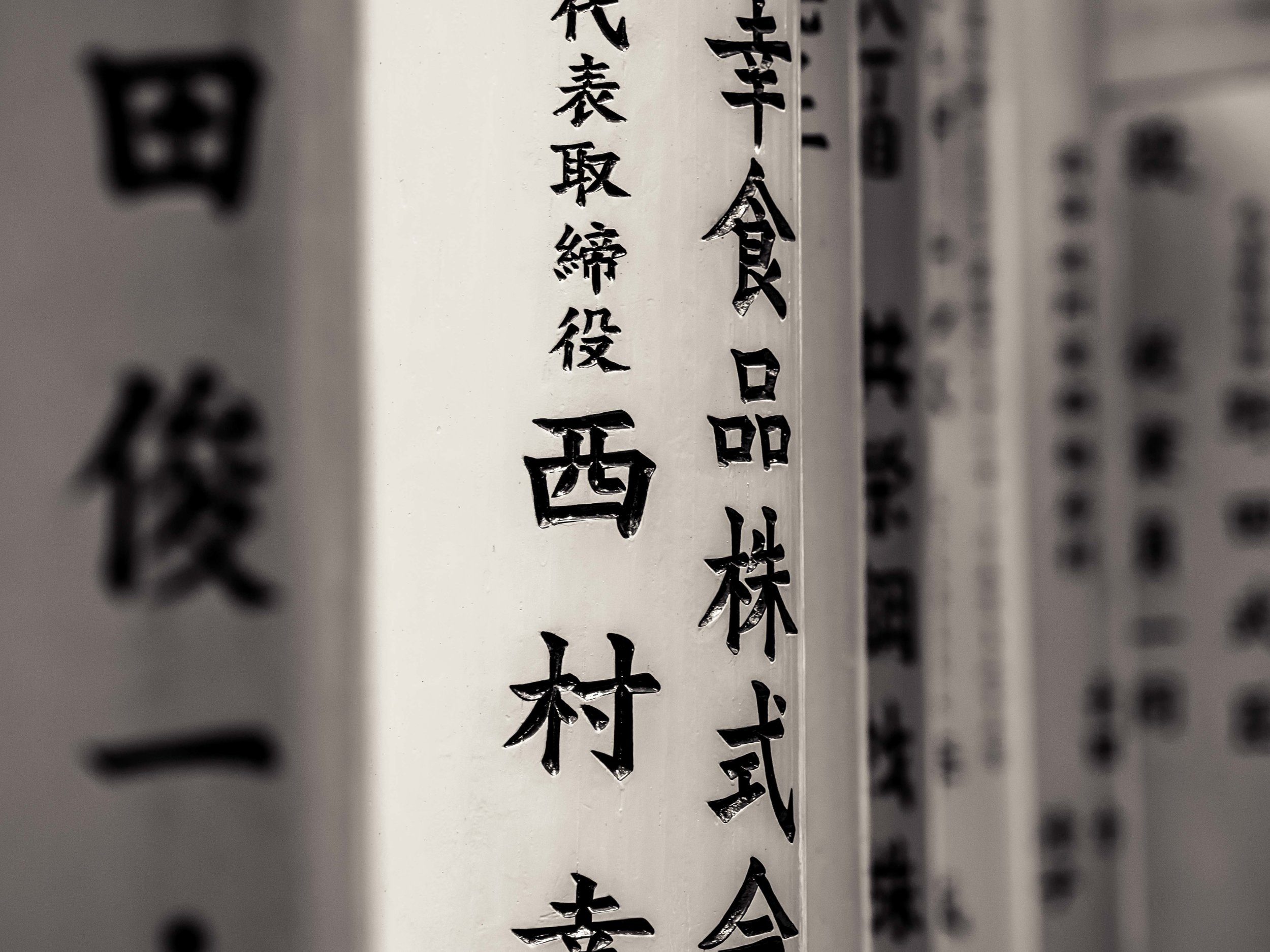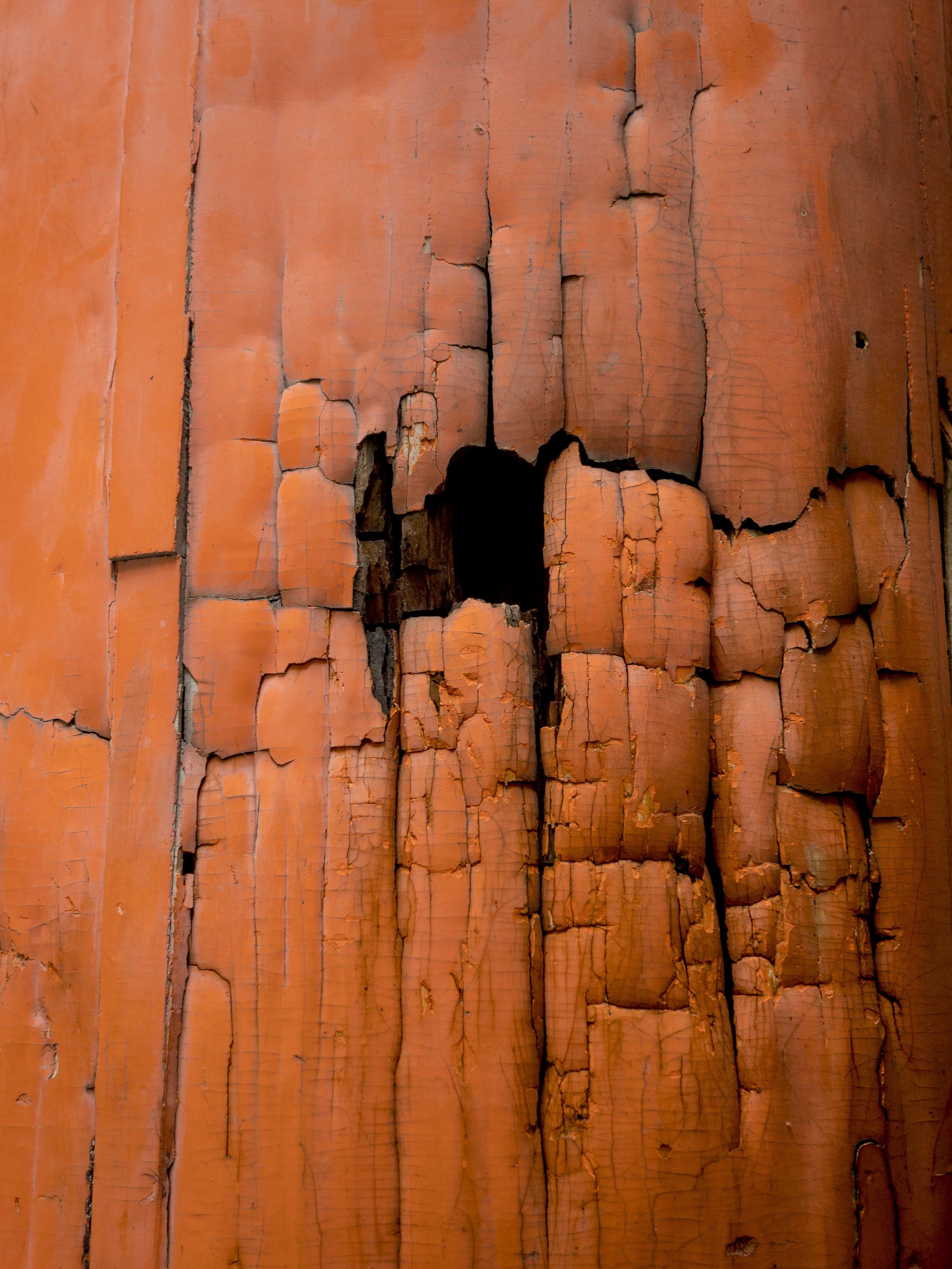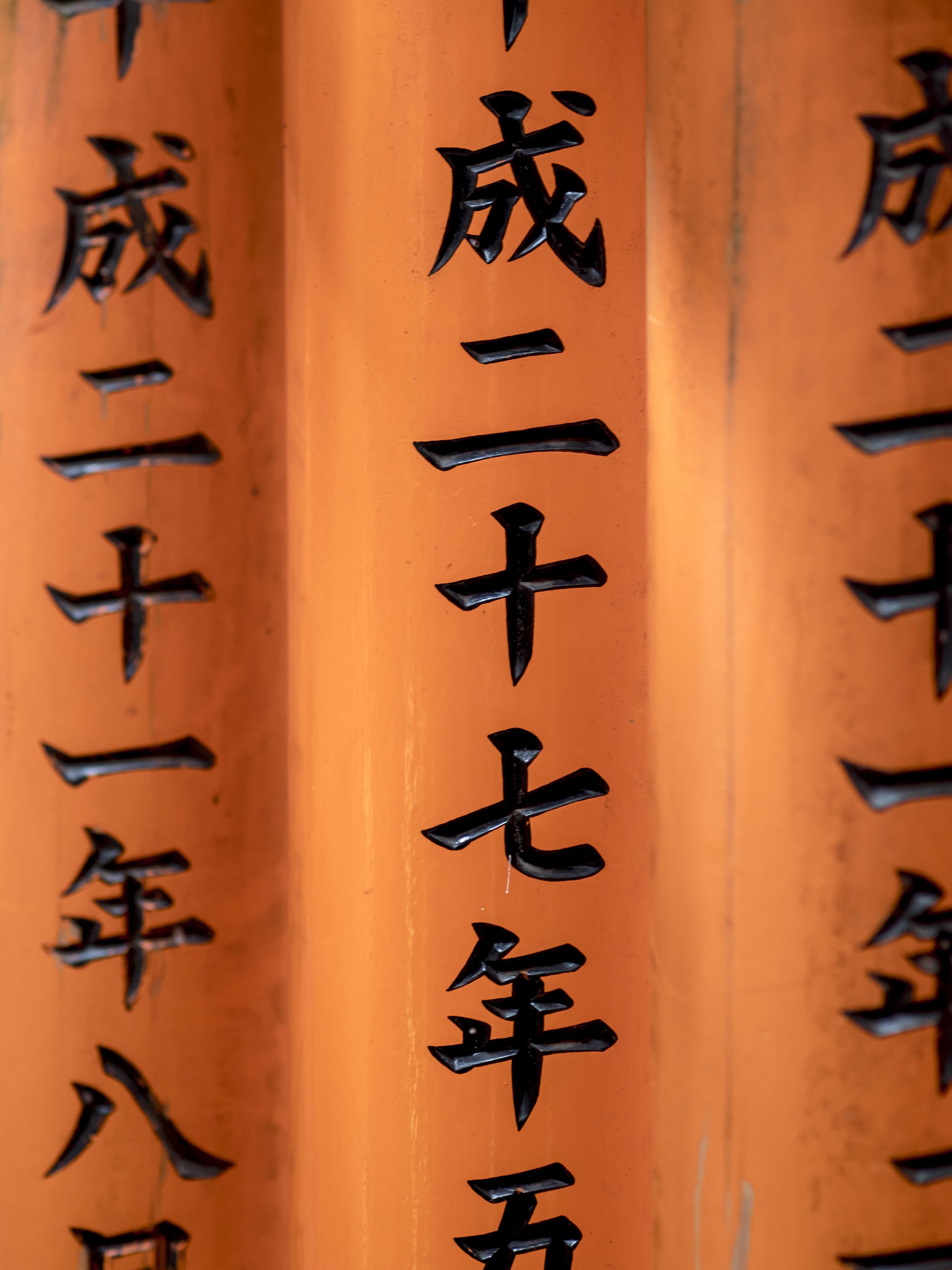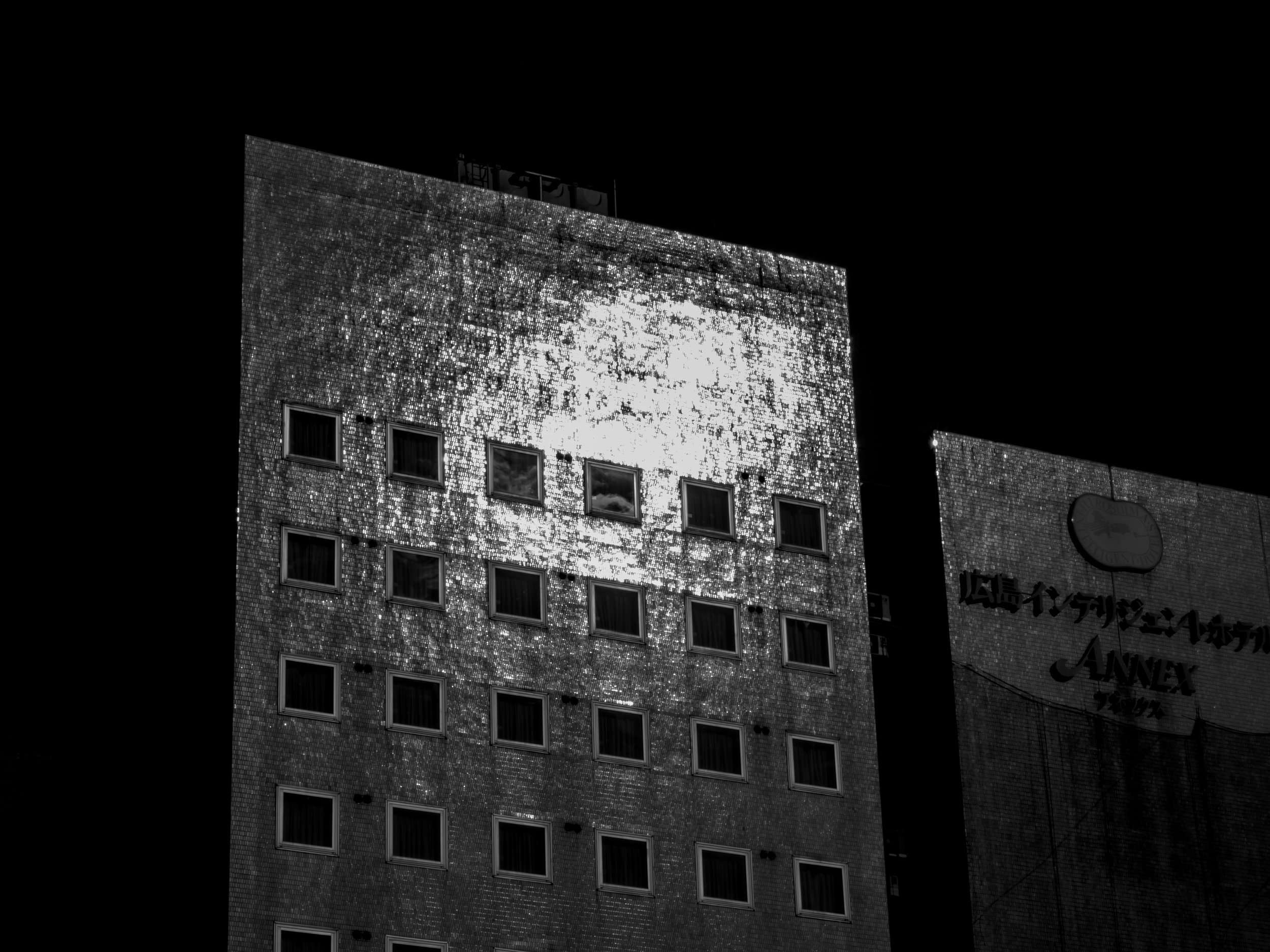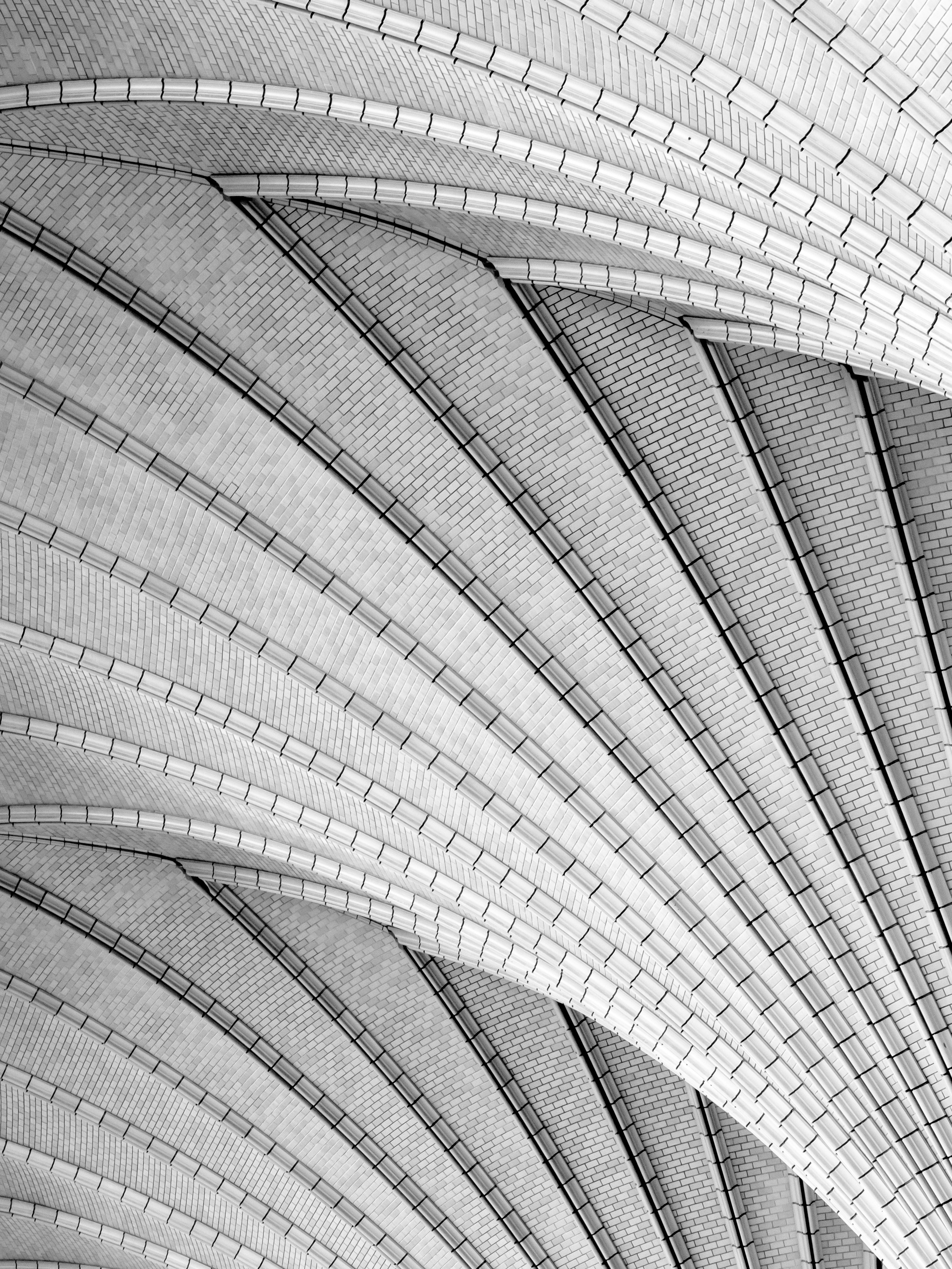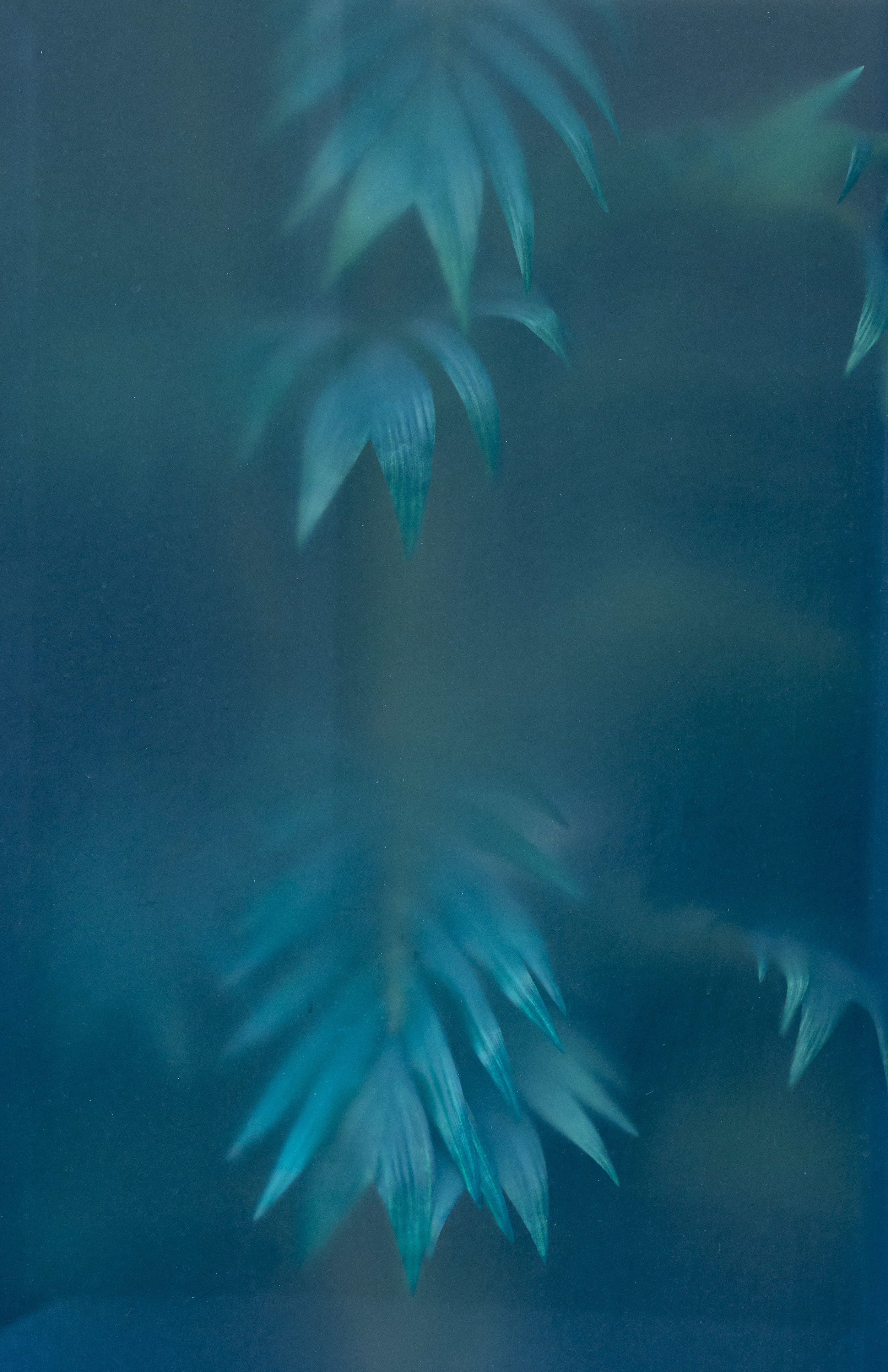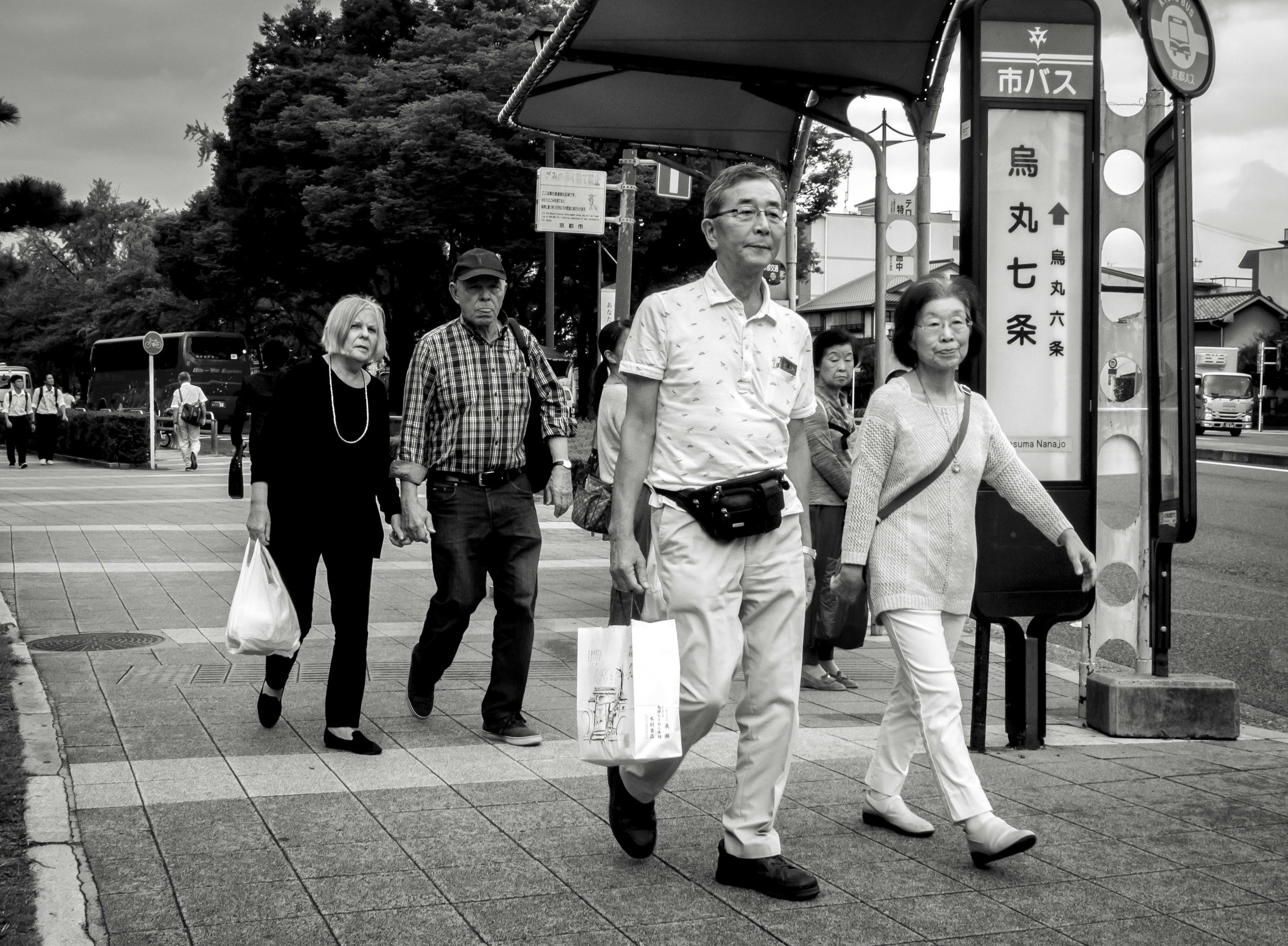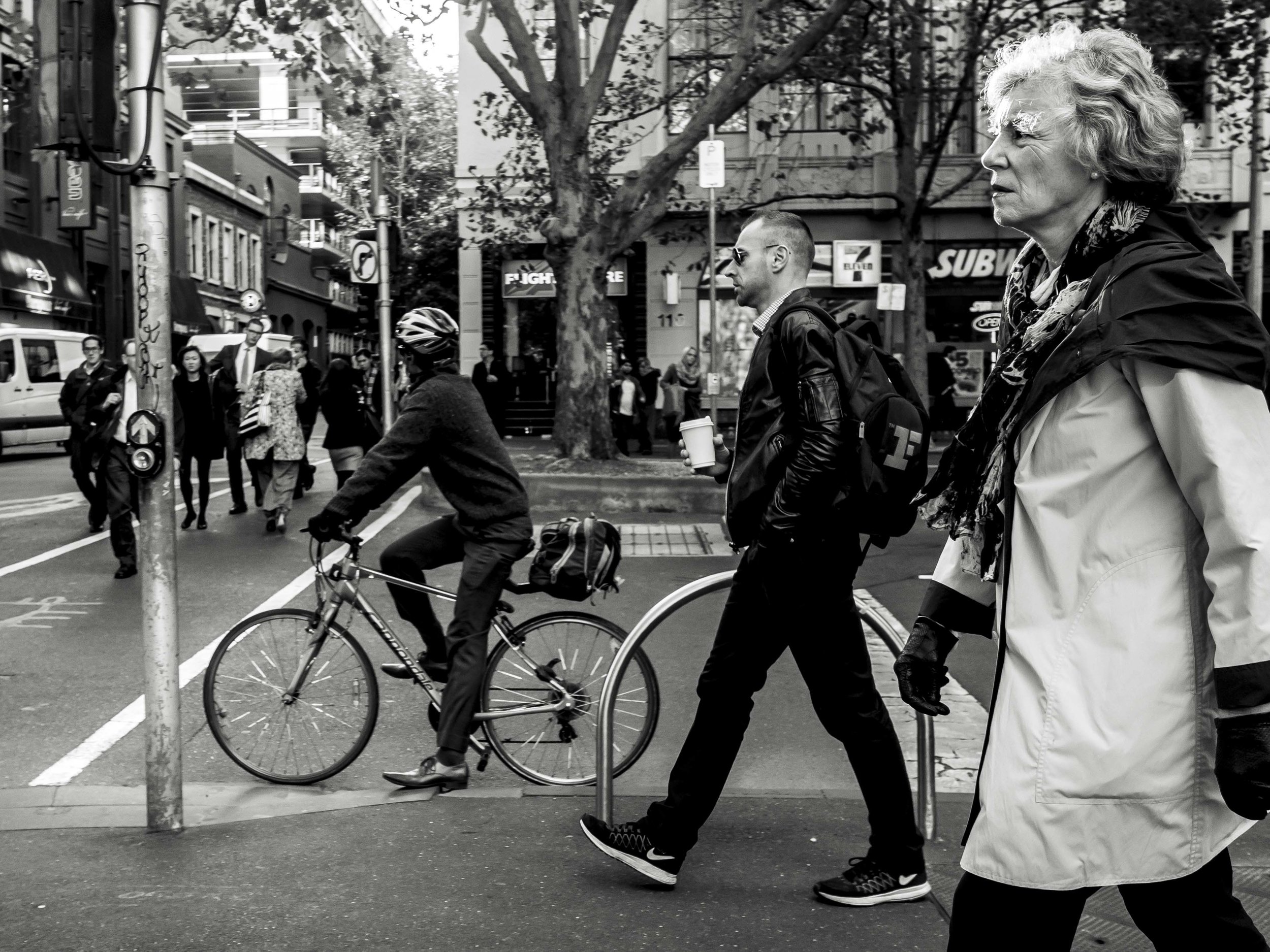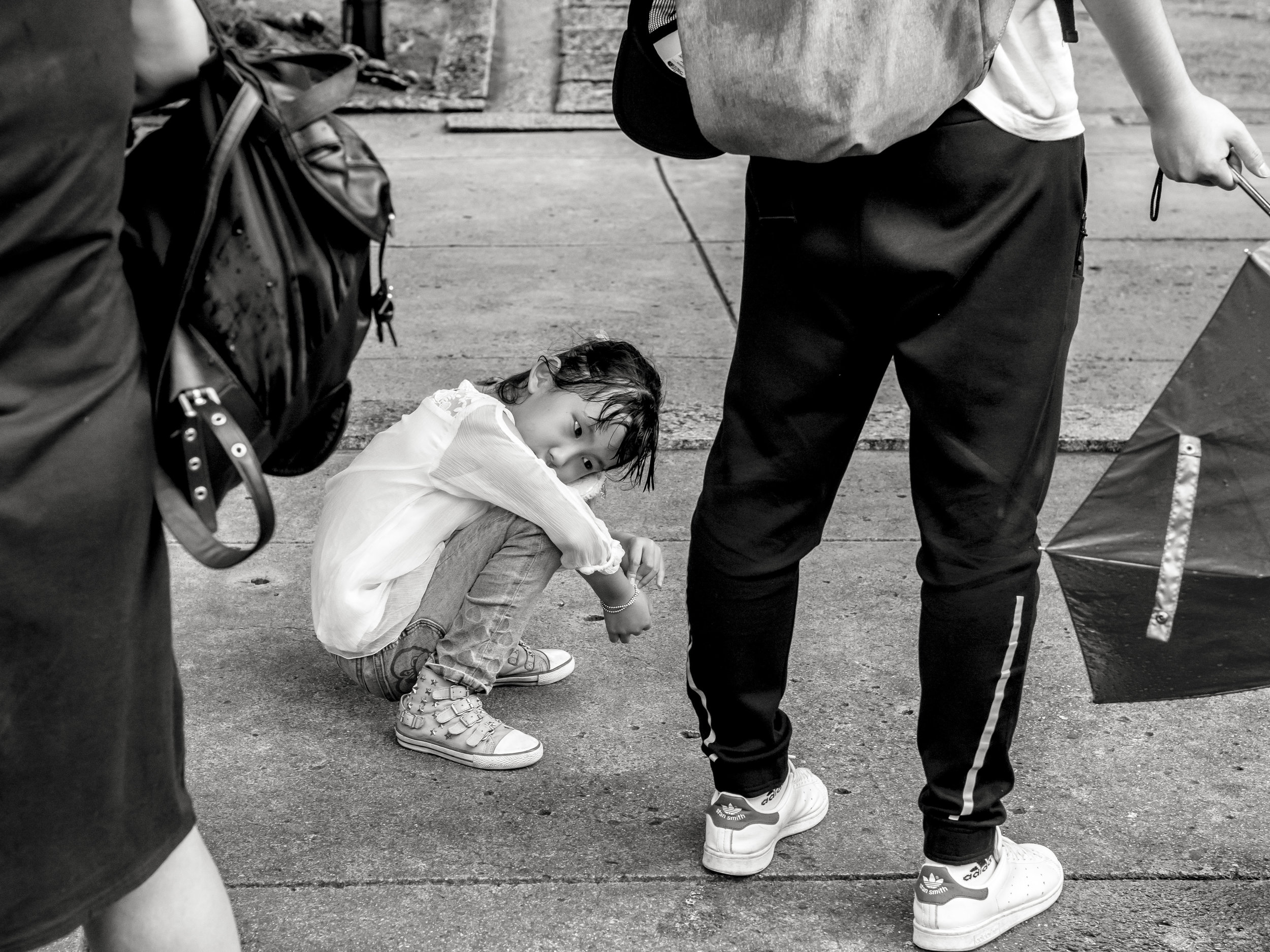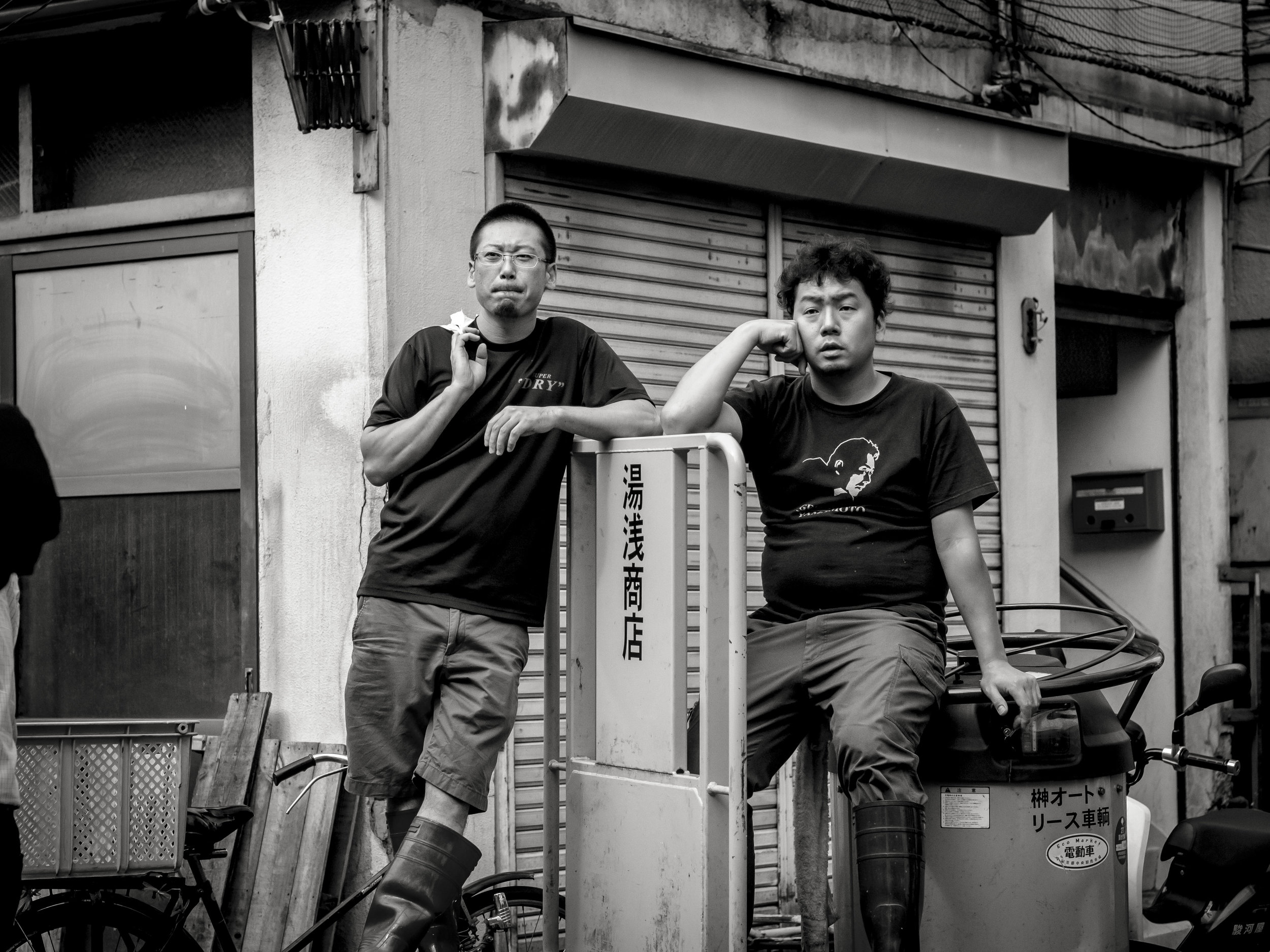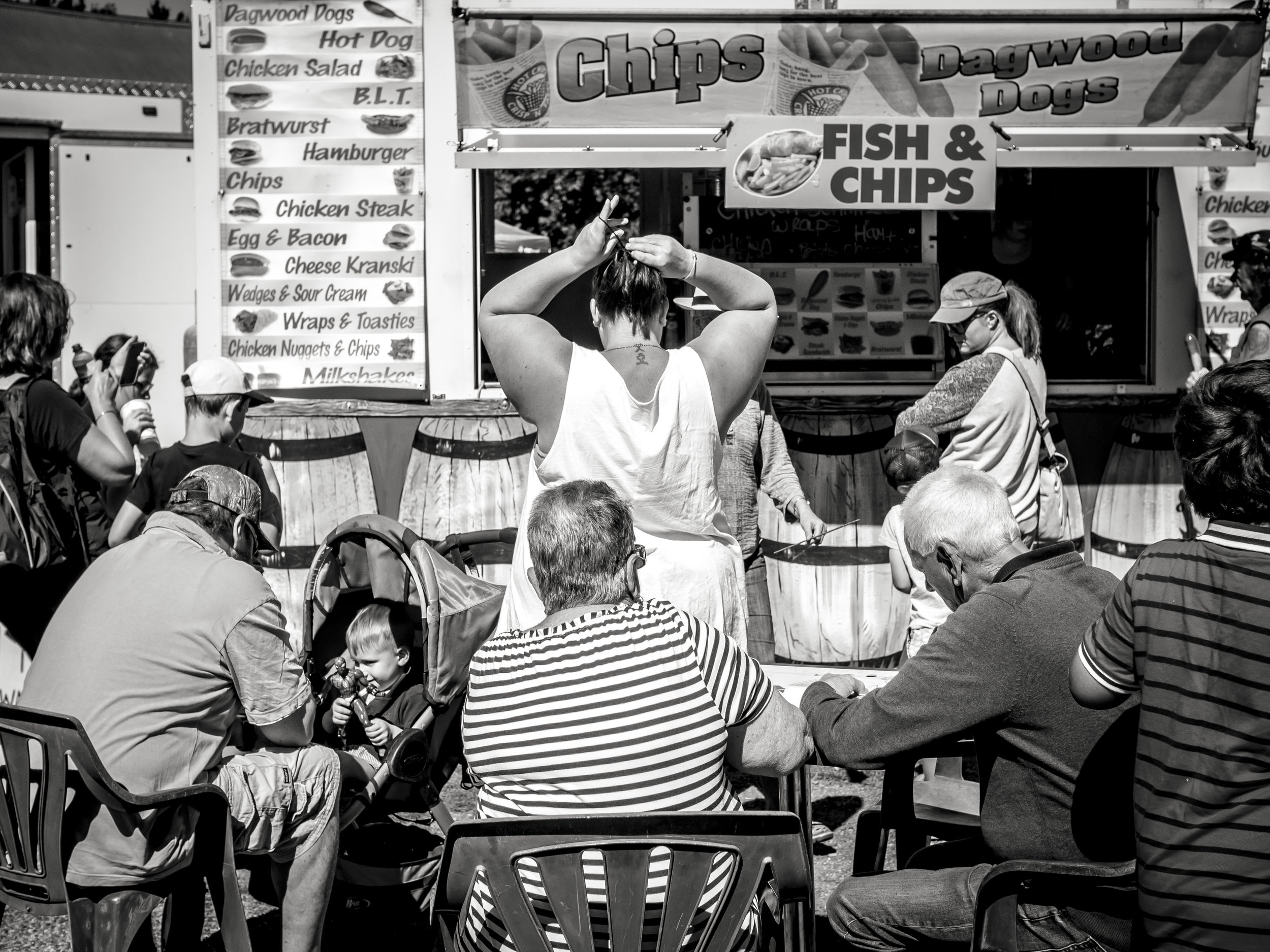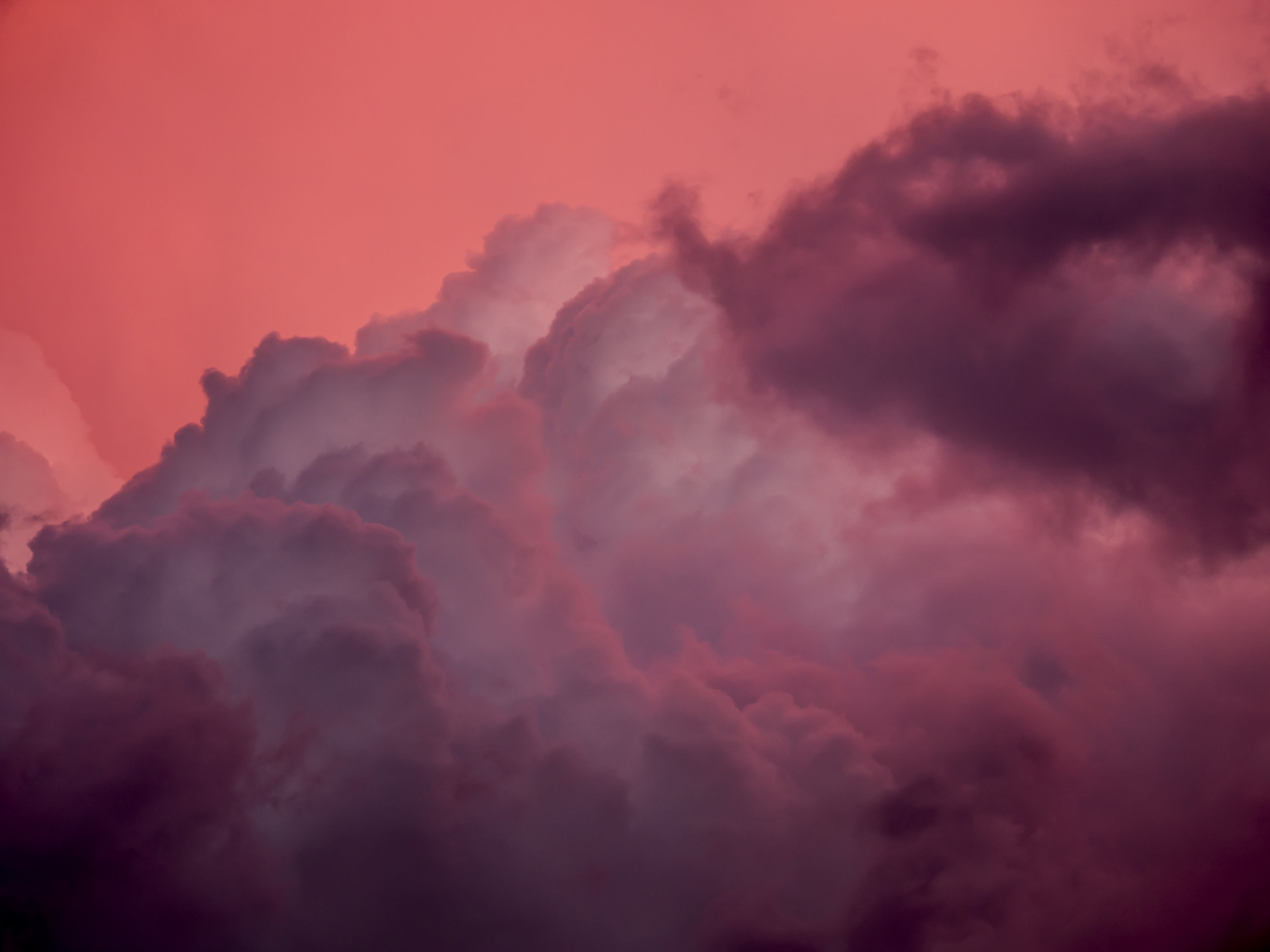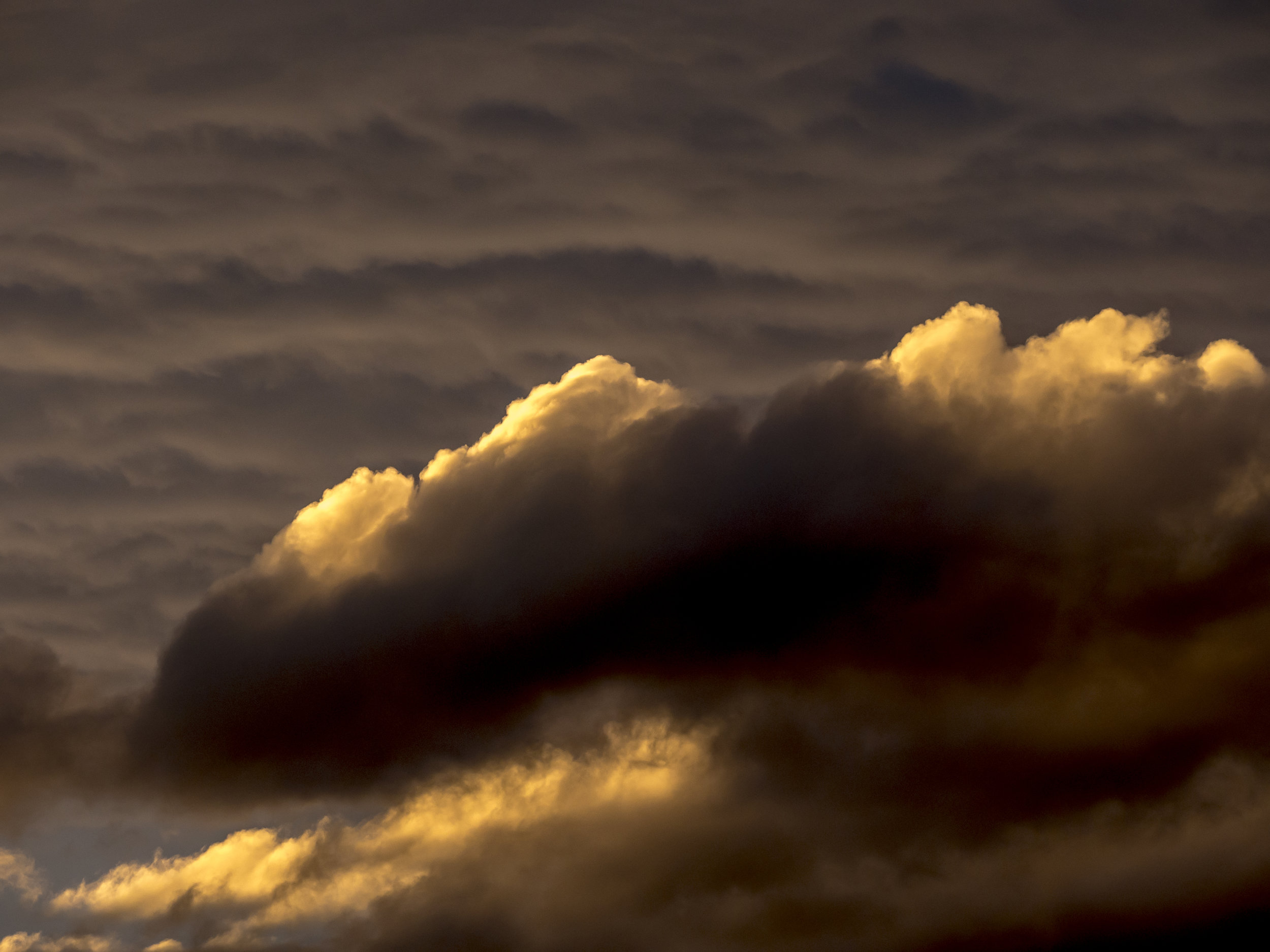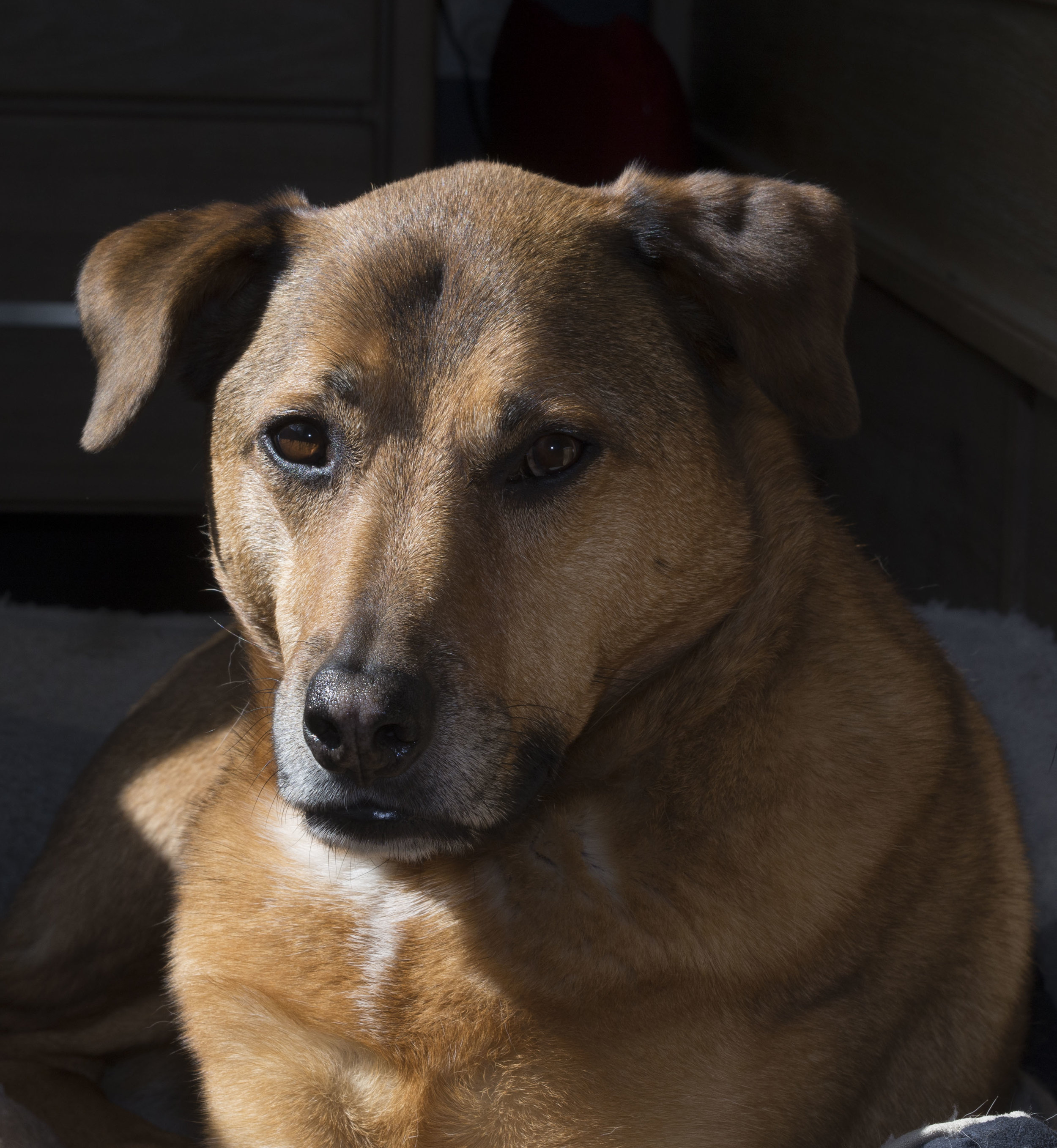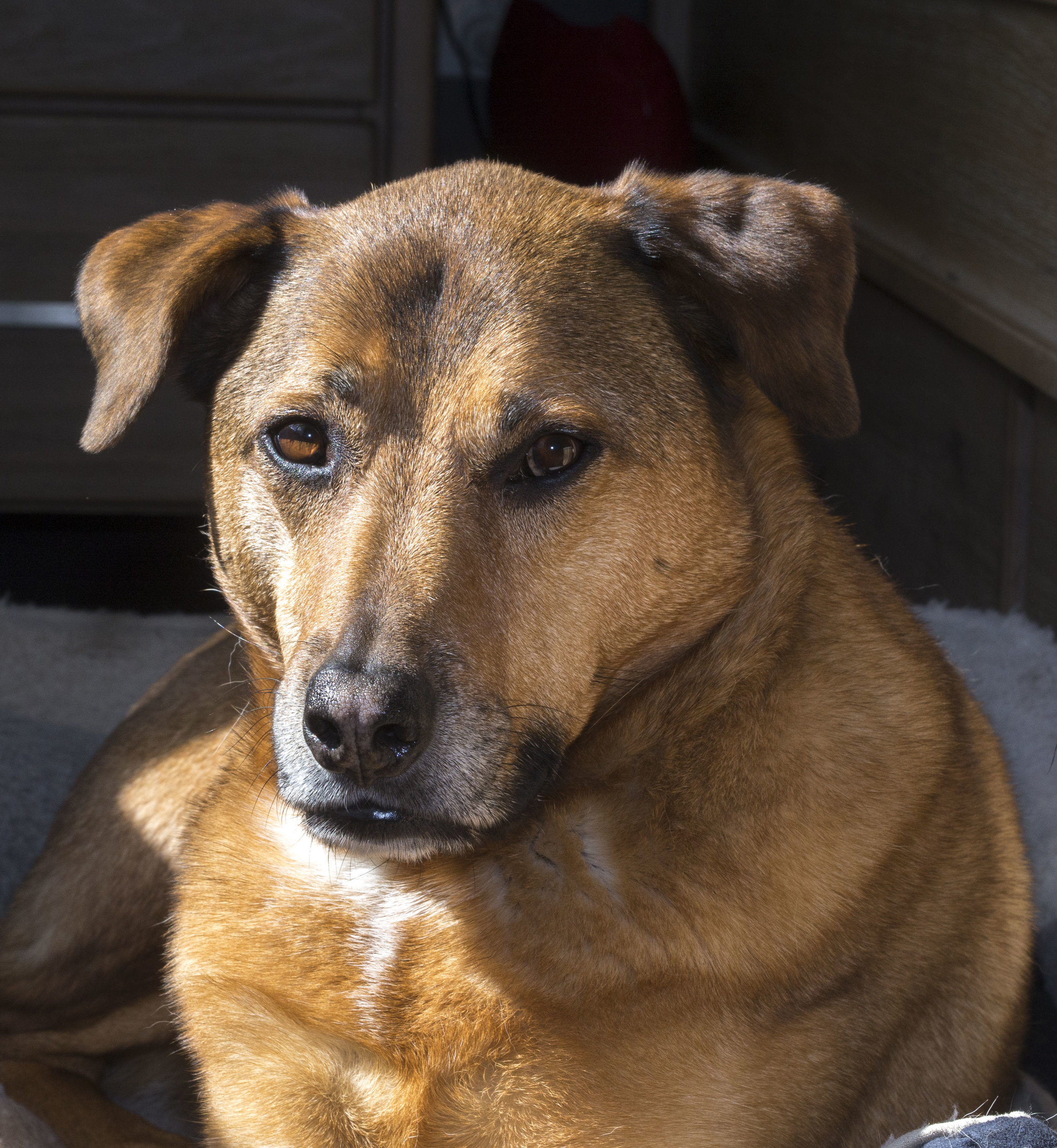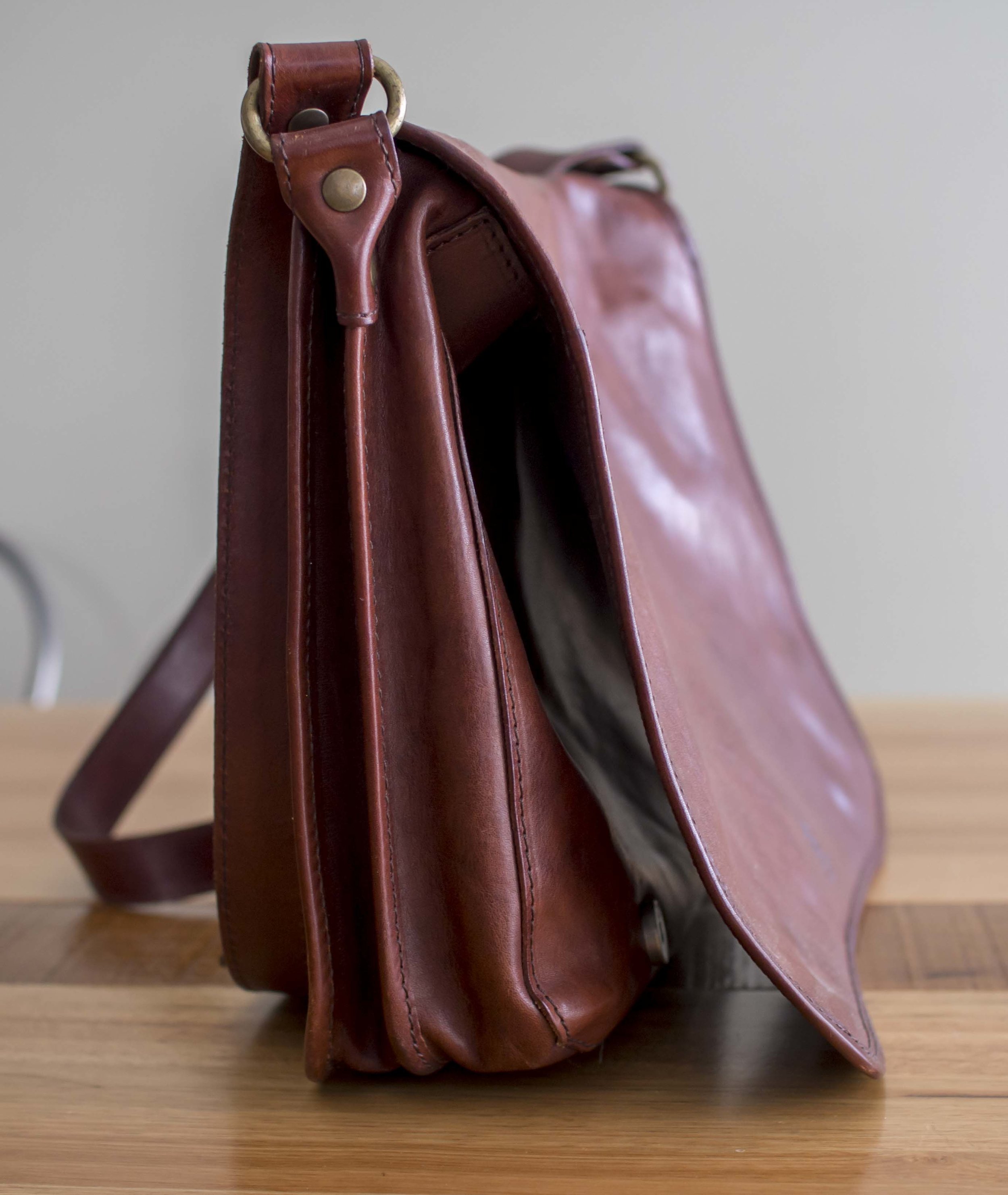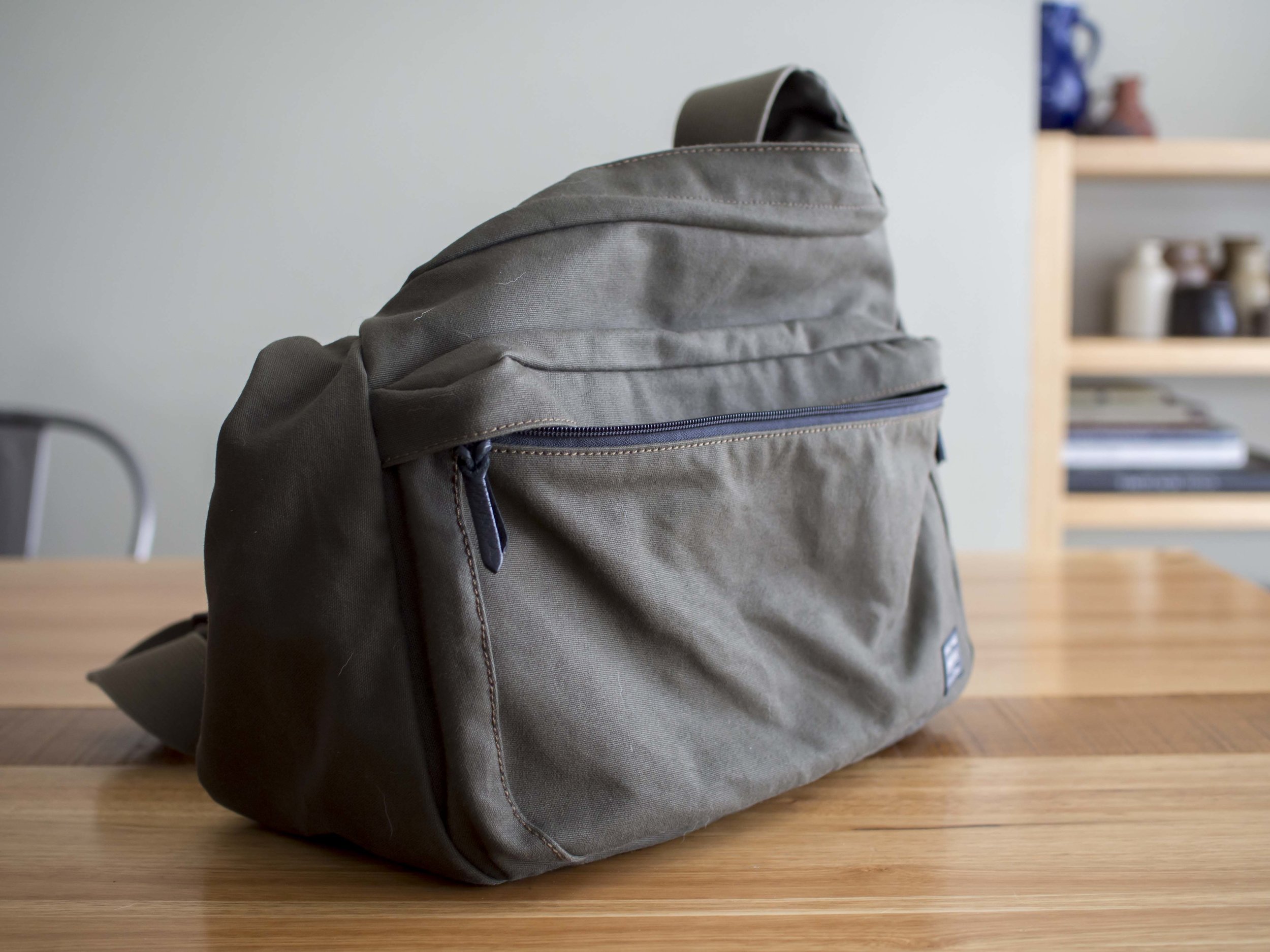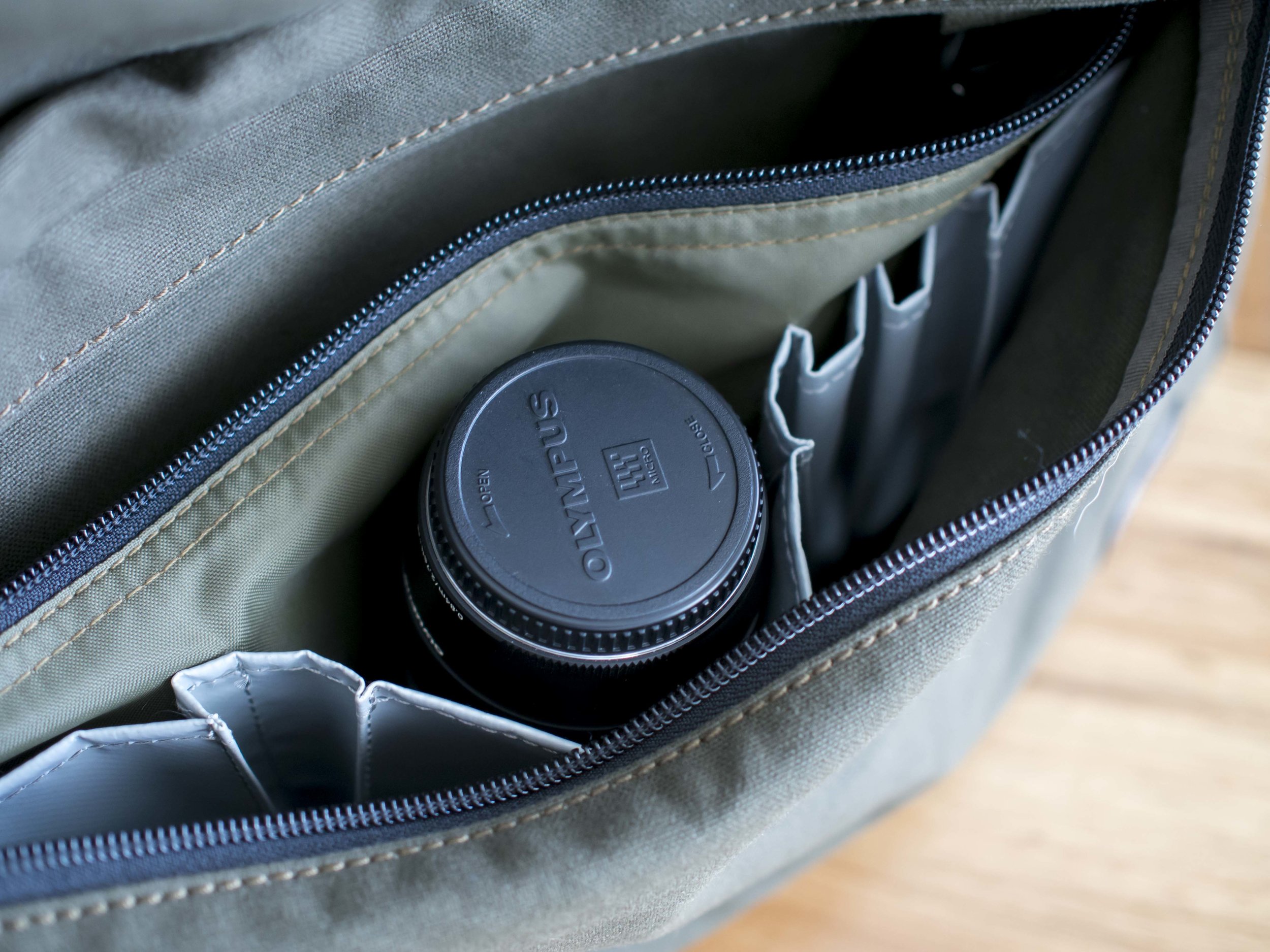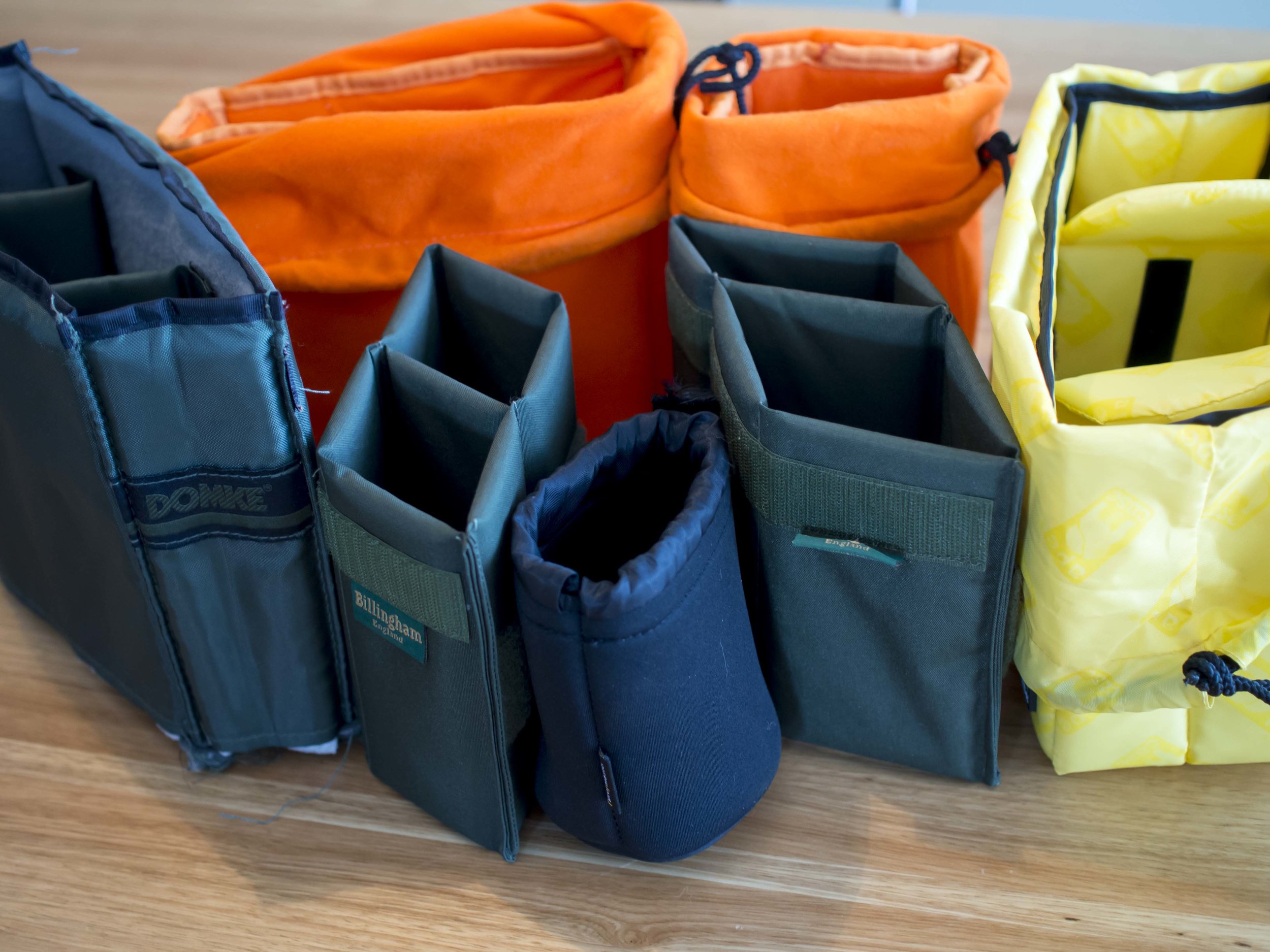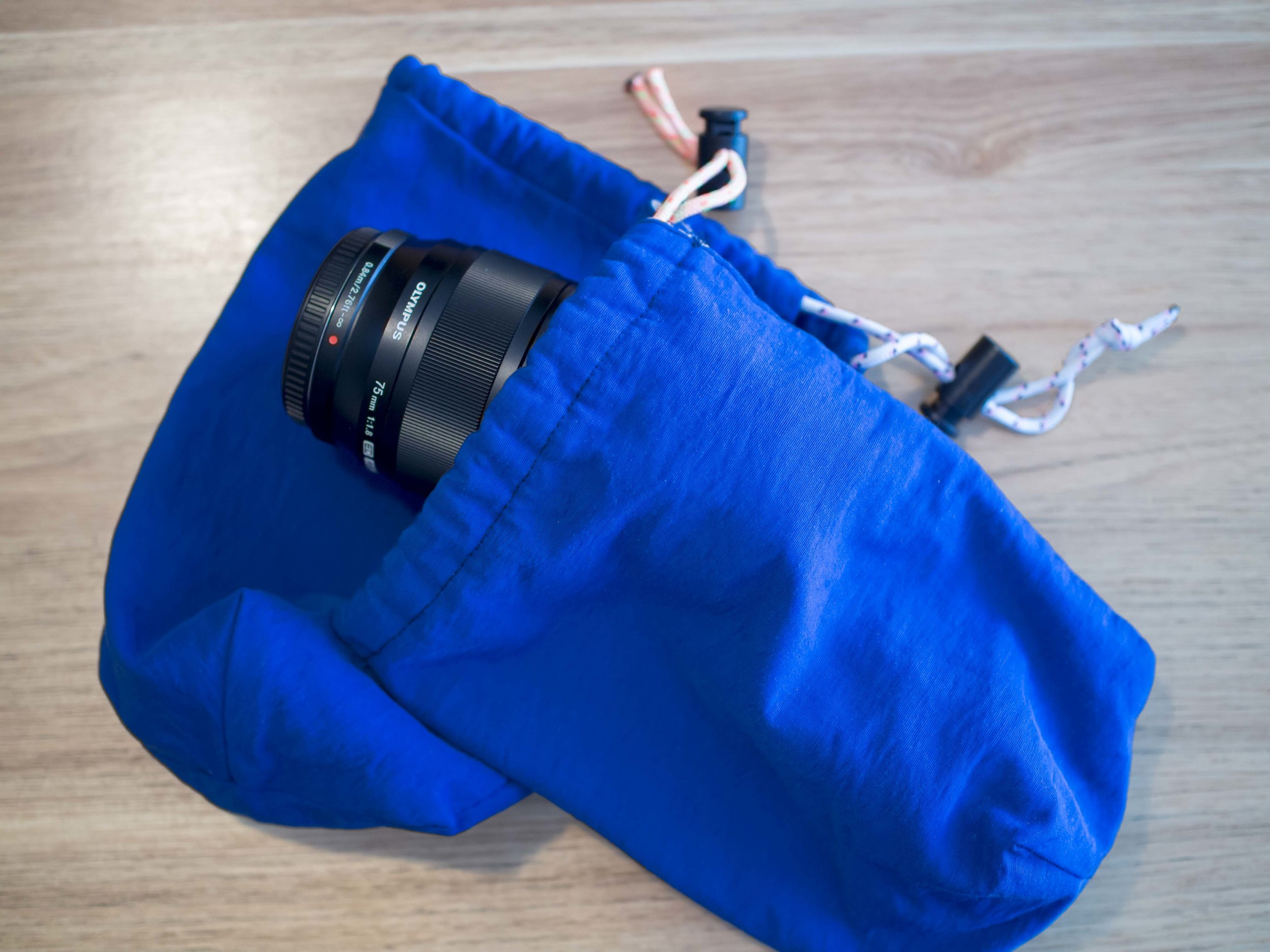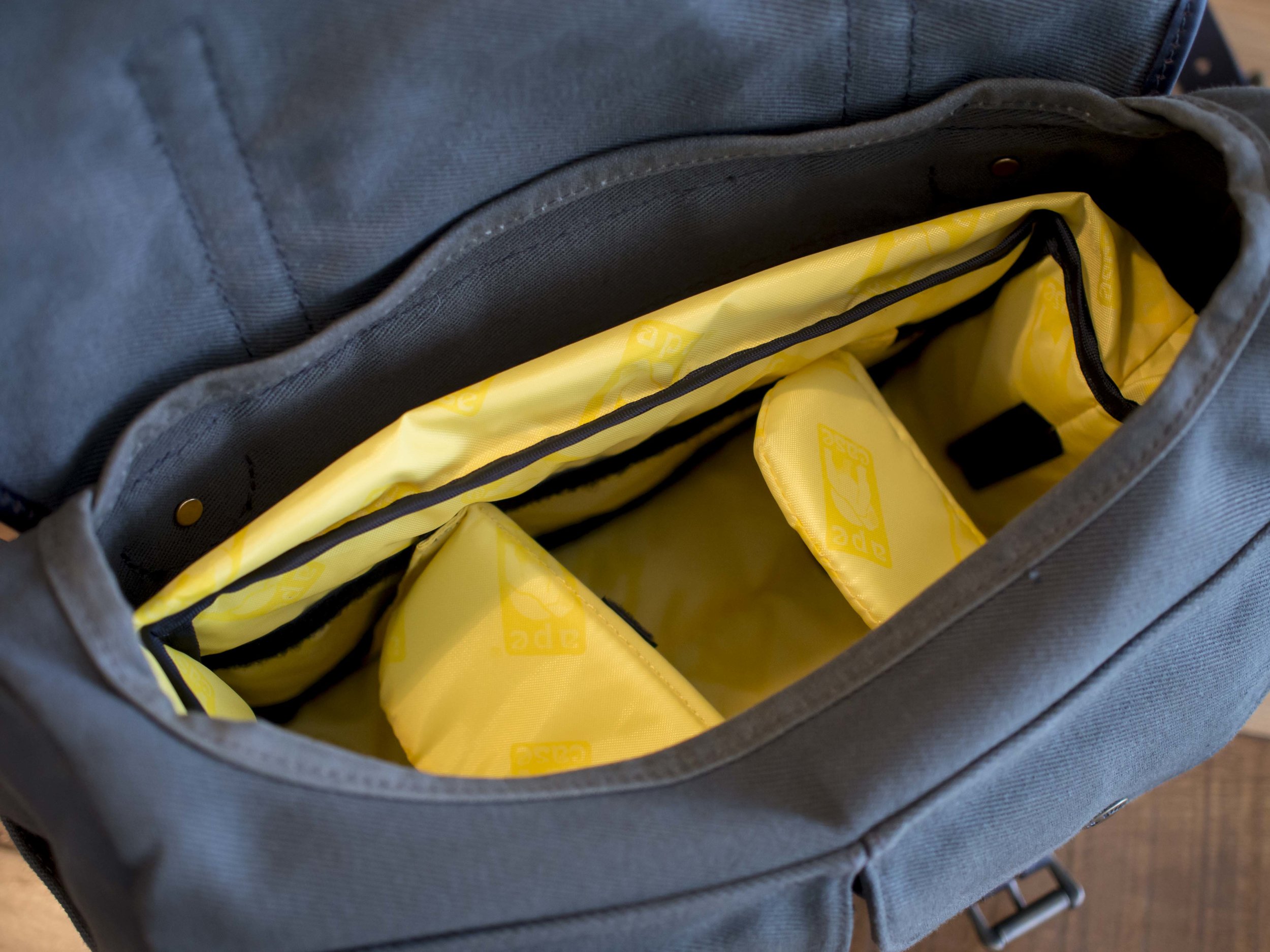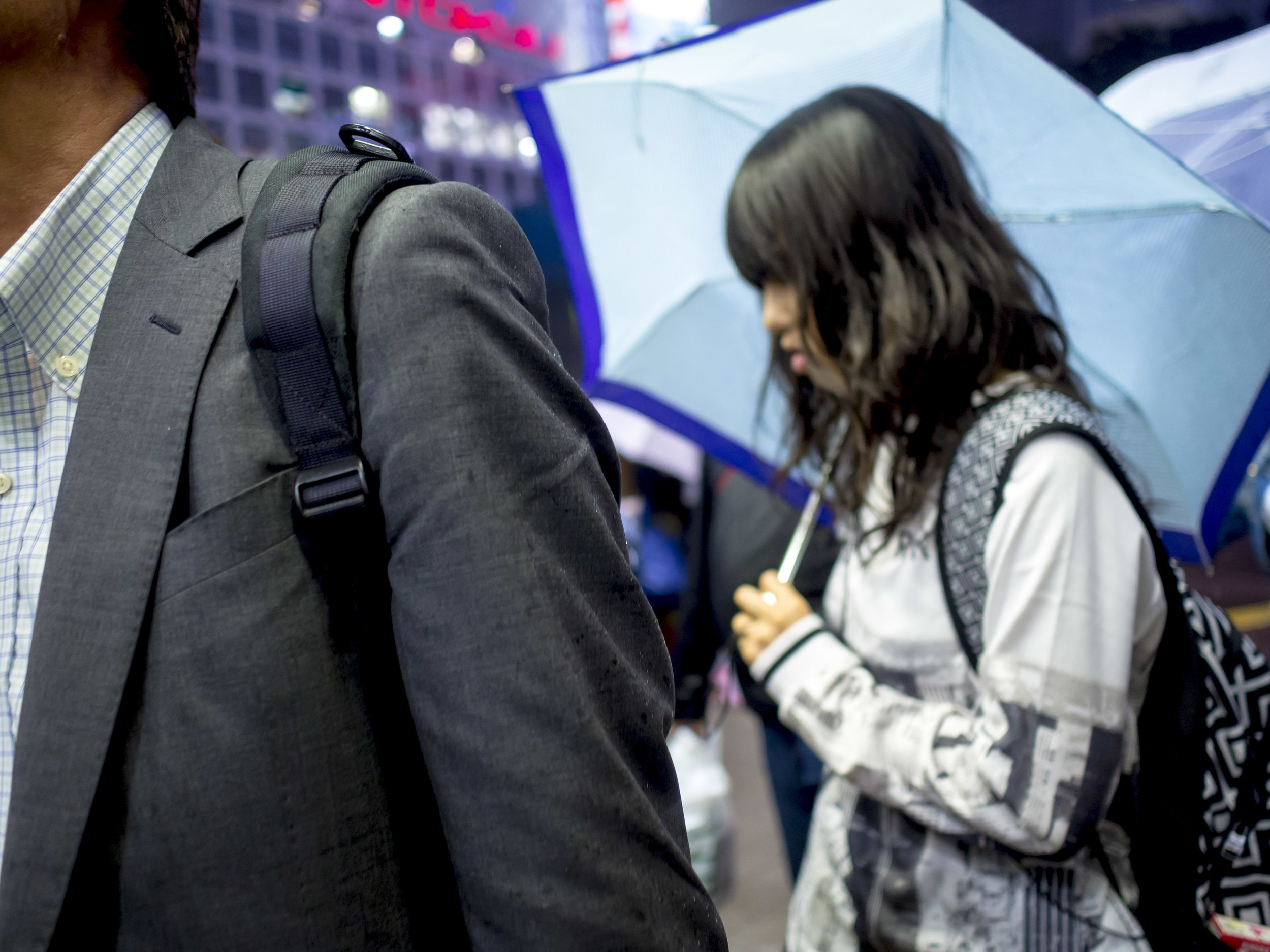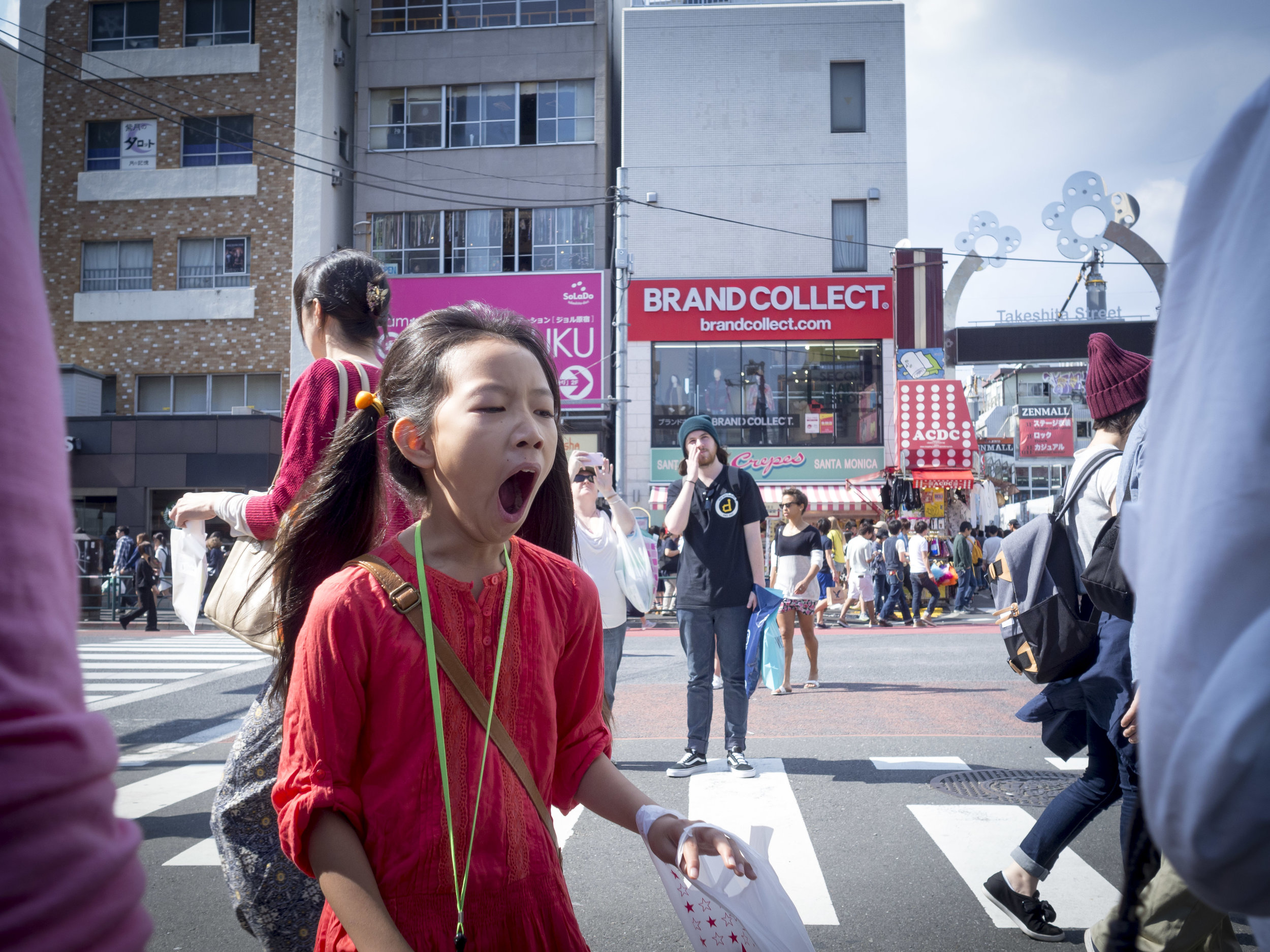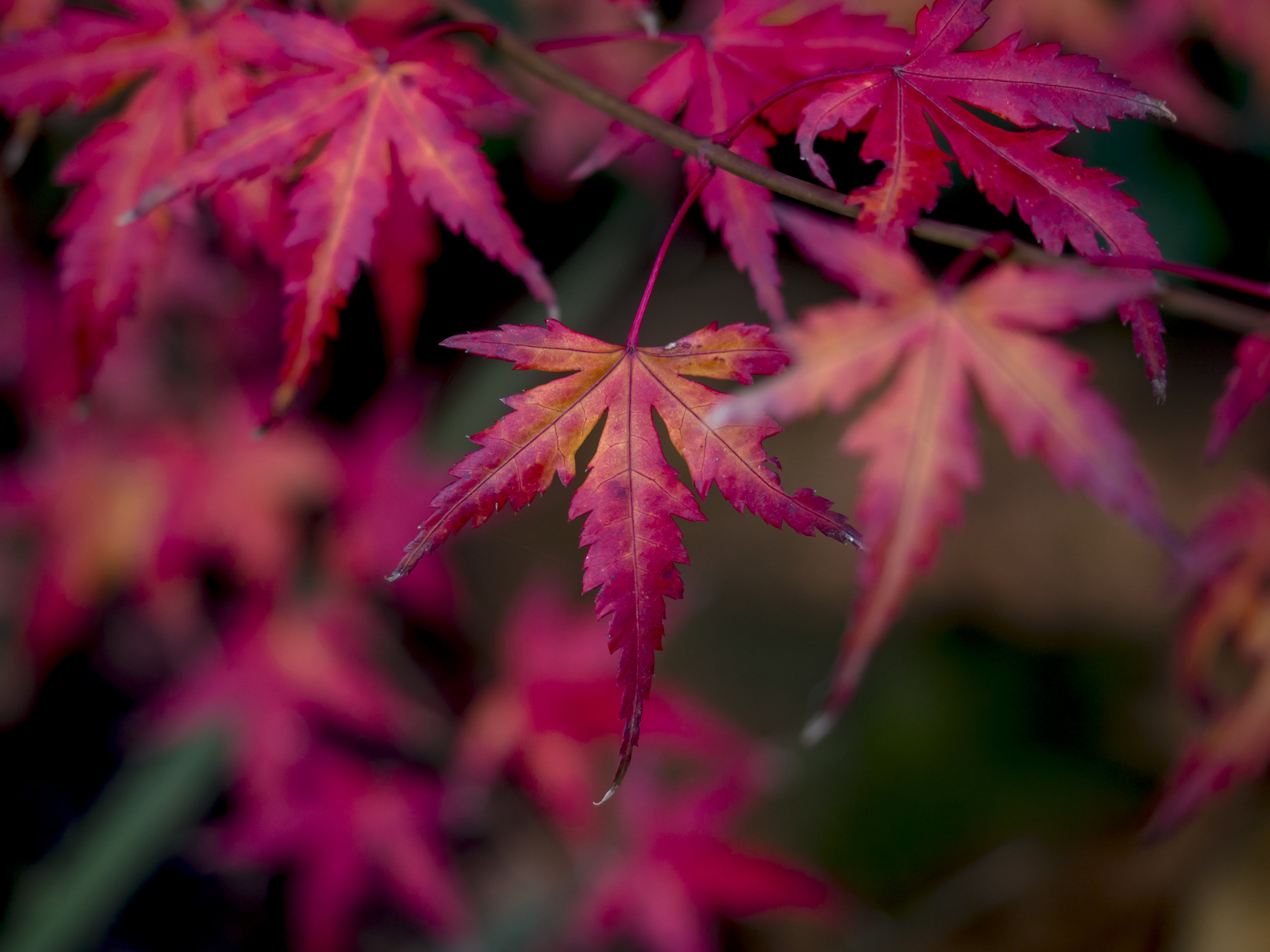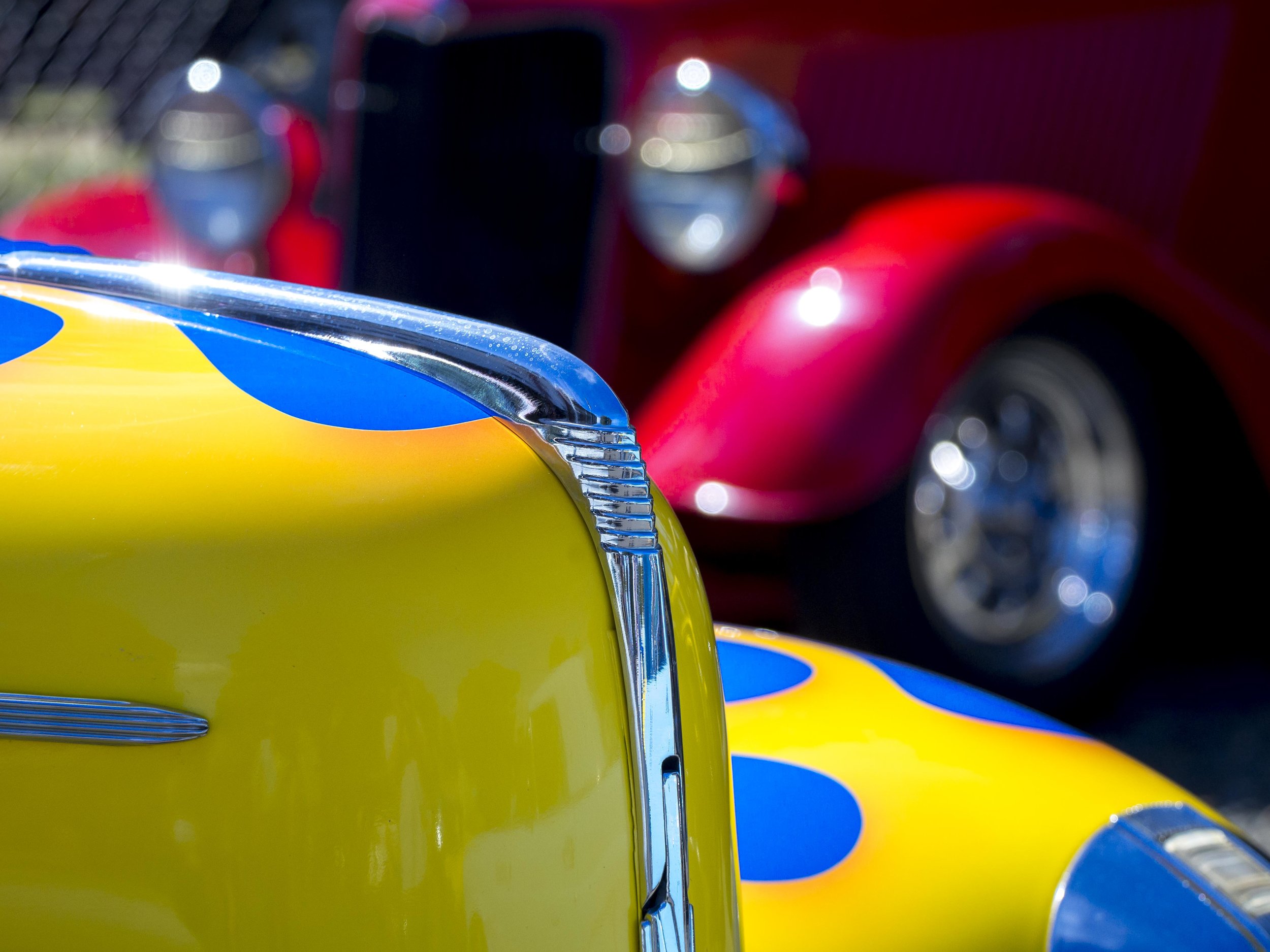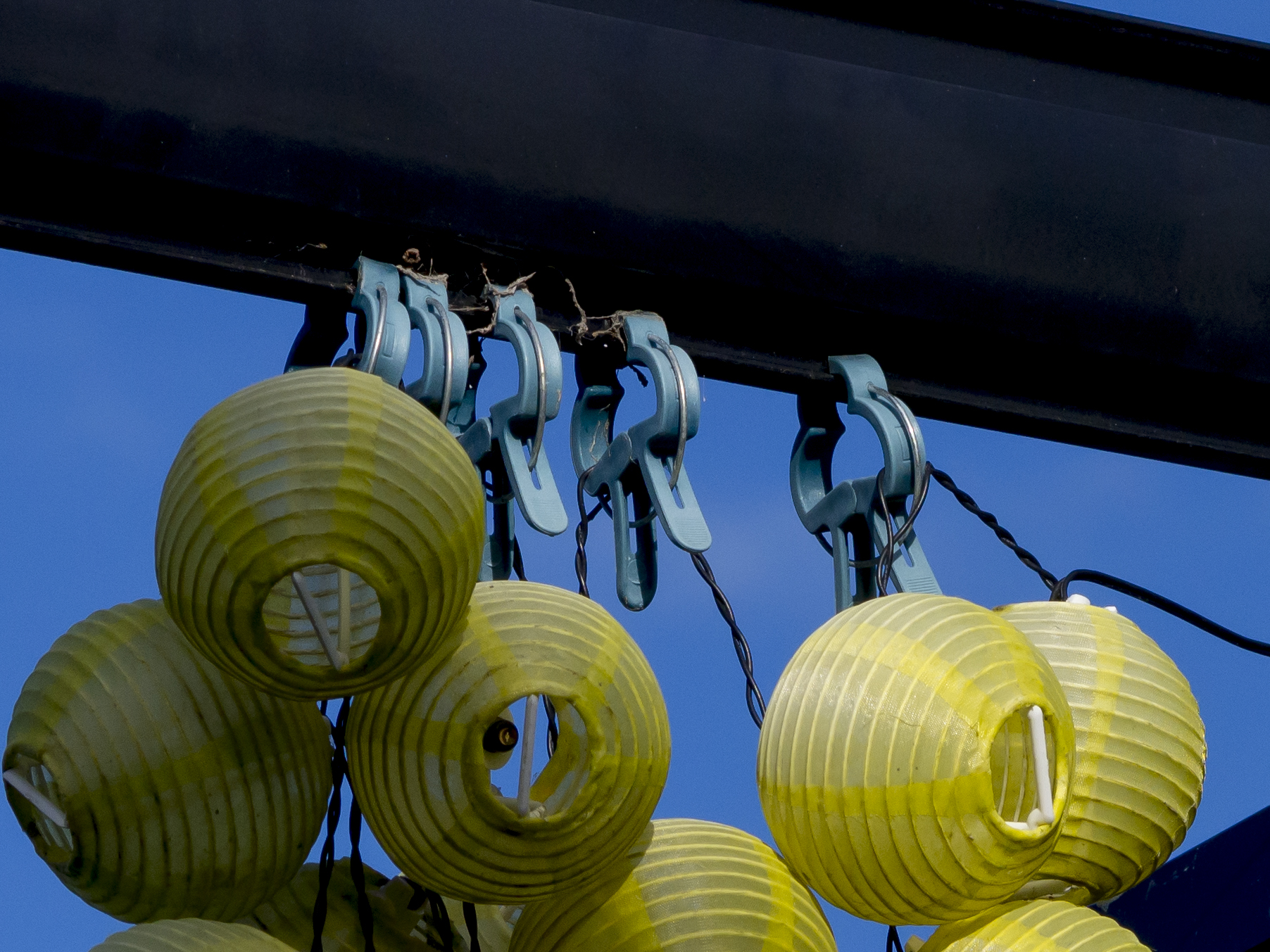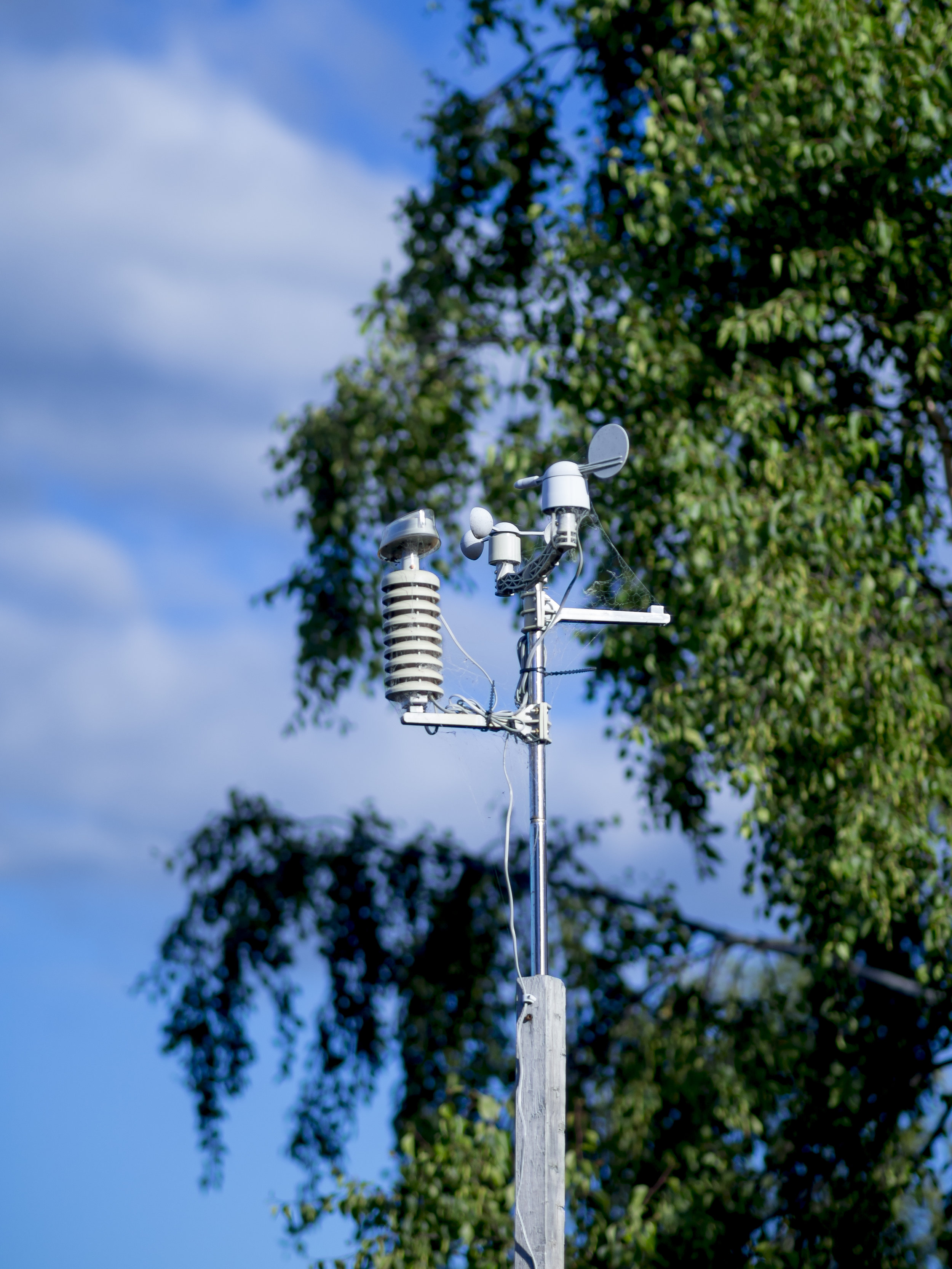Got your attention?
Ok, it is a great tool, but like a lot of tools it can be relied on to do things for you when maybe you could or should do them better.
The story of the handsaw.
I used to work in a department store. Part of my job evolved into the planning and implementing of store moves, which sometimes required the modification of fixtures. The problem was, I did not have the qualifications needed to use power tools in the shop and calling in a carpenter to cut a couple of shelves was crazy. When my circular saw and hand drill had to be replaced by a hand saw, hammer and manual screw driver I thought it was a joke, but no. This was the loop hole, no power tools.
It did take me a few tries to get the hang of it, but I got there. Funny thing. No noise complaints, my slight allergy to wood shavings went away and the edges of my melamine shelving cuts did not have that chewed away look (and were often straighter). I was going slower, more carefully and never had to worry about finding power, charging batteries or cutting off my fingers. I became the quiet, calm and measured "Mr Fixit".
Auto focus is similar to the power tool quandary. It was once a curiosity, not taken too seriously. Early advertising was realistic and measured, extolling the benefits of being able to shoot one handed whilst climbing etc, or to help the semi blind or new and untried, but rarely promising to better the speed and accuracy of a practiced photographer.
Over time this changed as the AF feature became more sure footed. Some exaggerations were caught out, but generally the AF equipped camera could do as promised in skilled hands. Pro's still trusted their own ability first and foremost, seeing AF as another arrow in their quiver, not the whole shebang. The Eos 1 heralded the new age of AF maturity with contributions from Minolta and to a lesser degree Nikon and Pentax. Olympus stuck with MF, as did Leica.
We now live in an age where auto focus is accepted as the first choice for focus, but at what cost to our creativity?
Are we sometimes actually composing images based on the limitations of our focussing options?
My big issue with AF is when you want to use the entire viewing area compositionally, the camera cannot read your mind. The "Canon shuffle" where you see journalists focussing then recomposing then re focussing* is a reality of AF life. To their credit, the makers have been working on fixes for this, like Canon's brilliant, now abandoned "Eye Control", but you can't escape the reality, that truly empathic and creative focus is still a manual thing. You cannot (yet) talk to a machine faster than you can instinctively just do it.
Sure there are times when AF is a boon, like field sports or rodeo images where the speed to just grab anything will effectively get everything important, but not when creativity is key. The images I am talking about are the grab shots of fleeting moments, those that come from deeply immersed viewing and interaction with the subject, where the camera must be an extension of the user, but also completely invisible to them.
A point of focus has to be achieved obviously and the camera makers are coming up with ever more ingenious ways of giving us back control of what we always had control of such as touch screen and moving focus point selection, but are any of these any better than simple look-focus-shoot? Newer Olympus cameras allow you to use a thumb in the back screen while looking through the finder but owning one, I just use manual. It's easier.
5d mk2 35L at f1.4, manually focussed using a laser matte focussing screen fitted (full frame image).
It does not help that a lot of modern cameras are not providing the minimum requirements for successful manual focus. Most SLR's have screen that show an F4-5.6 view of the world, assuming you want to see more depth of field to see while auto focussing, making manual focus at wider apertures a guessing game. If they offer a screen replacement to assist with MF, it usually comes at the cost of another feature, like accurate AF or view finder brightness. I returned the 5d mk3 when the in built screen could not accurately MF and Canon supplied no option to replace it as they did with the 5D mk2.
One of the biggest frustrations when selling cameras to new users or people coming from older, non/poor AF models, was clearing away the confusion with AF. Metering and exposure are tough enough, but AF is just a nightmare for the new. The OMD, one of my favourite cameras (big surprise), provides the new user with many inventive ways of having a melt down. The options are many, the control options even more prolific and the instruction barely comprehend able (ALL manufacturers have to stop giving people the equivalent of a car users manual in the box and look at providing a "how to drive" manual). Is it any wonder people often prefer their compact cameras!
My OMD's are on centre point, with MF override on the video record button and full time SaF-MF set unless I am shooting street, then they are used in MF, using the zone focus technique. They are not ideal for MF as the screens offer no assistance, but they are better than an SLR as the view can be accurate to the shooting aperture and the depth of field is naturally deeper. The Pen F is a revelation, providing focus peeking (assigned to the front finger button), but I rarely need it, as the eye piece is clearer and larger than the OMD's.
No perfect focus point here, but it was still nice to choose for artistic effect using intuition and emotion rather than technology. The frustration of letting the camera choose, often re choose and then miss all together takes away a lot of the craft. 1Ds mk2 400 f5.6L
My perfect manual focus application? A bright full frame SLR or equivalent view finder with a laser matte type screen, allowing the actual focus plane to drift across the area of view and also show (intuit) the Bokeh rendering at the actual taking aperture. The only contender I have used recently was my 5D mk2 with the optional laser matte screen fitted, but without the DOF assist. No "jump up" 100% views, no multi coloured peeking fringe, no little indicators to say you are/are not in focus, tugging at your metaphorical trouser leg like a bored five year old, but a completely non distracting, immersive, clear (read empty) window to the world. Oh and while we are at it, no visible stabiliser motion please!
In a nutshell, I don't like it when the camera's functions distract me from the important part of taking a photo by second guessing me. That is to say, I am more willing to accept my misses than the cameras.
Yeah, so there.
The answer is of course coming. Full time, high res video capture is only a few years away, bringing with it the headache of editing a days capture frame by frame for that odd, probably still rare winning image. Great photographers of the future may just be adventurous watchers and equally patient editors.
* A good trick for SLR shooters and something I miss with the OMD cameras as the needed button is not well placed, is to take AF off the shutter button and place it under the thumb (use the "*" button on Canons). With a little practice you will be focussing and firing as two independent, but linked actions.




















